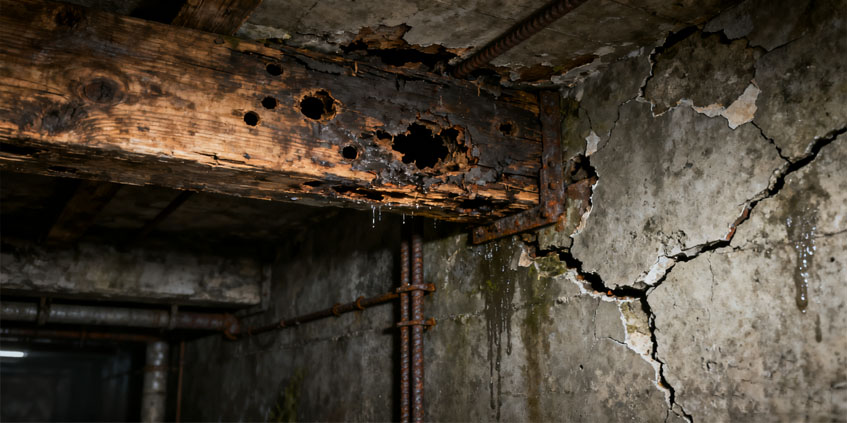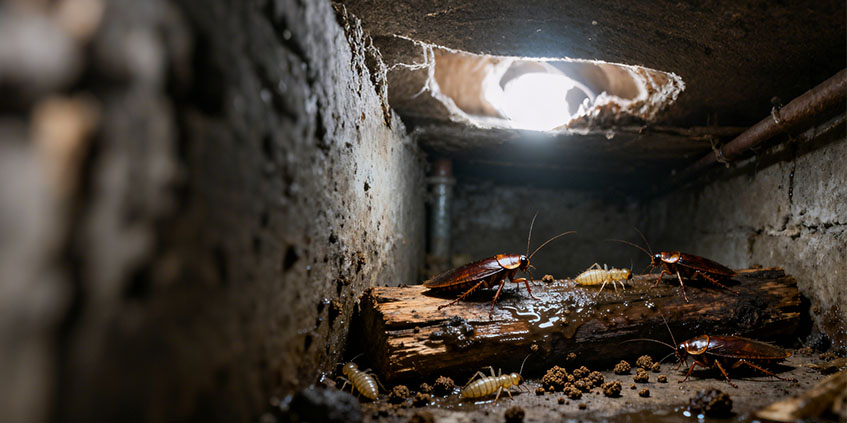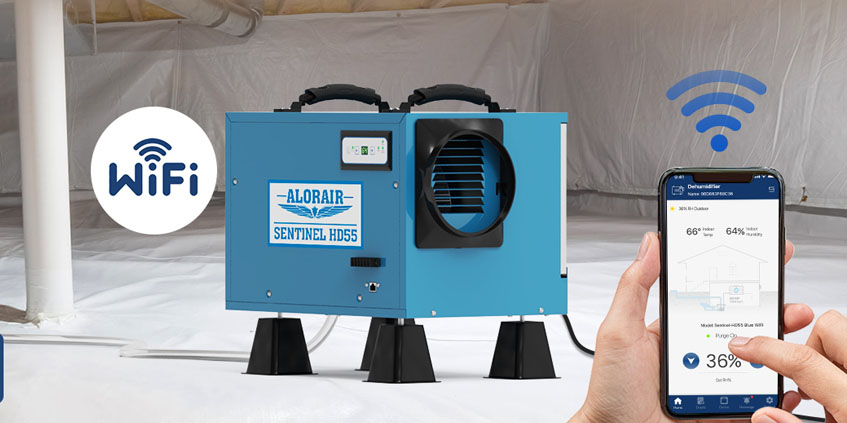Basements encounter extra humidity hardships compared to any other portion of the house. They remain cool and badly ventilated, exposing them to mold, dampness, and invisible harm. Absolutely, a WiFi dehumidifier for basement usage is key. Innovative smart dehumidifier setups bring dynamic humidity control utilizing remote notifications and access. Today’s blog outlines five hidden risks of basement humidity and the reason a specially designed WiFi dehumidifier is your perfect defense.
The Unique Challenge of Basements
Basements stay humid; however, other areas remain dry. Three main causes clarify why:
- Soil and Ground Moisture: Concrete bases are never entirely immune to dampness. Water penetrates through porous concrete and ground contact, converting into continuous dampness inside.
- Poor Ventilation: The majority of basements are short of appropriate air circulation. Without clean air, dampness stays, increasing relative humidity (RH) over 50-60%, the hotspot for mold formation.
- Temperature Swings: Hot air breaking into a cold basement quickly condenses on surfaces such as pipes and walls. The following condensation increases humidity levels, even if the air seems dry over the ground.
These aspects indicate that standard dehumidifiers struggle. Mostly, they require checks, drainage, and resetting by hand, especially when installed in crawlspaces or basements. On the contrary, smart humidity control via a WiFi App simplifies running.
Hidden Danger #1: Mold and Mildew Growth
Generally basements nurture constant dampness that promotes mold and mildew. Mold germs grow when relative humidity goes over 60%, and that is usual in badly ventilated, humid areas.
Subjection to mold boosts the danger of respiratory problems like wheezing, coughing, and allergic reactions, particularly in sensitive people such as those with asthma or children. A WiFi dehumidifier for basement provides efficient protection.
It sustains continuous management, notably lowering mold-friendly circumstances, even when you’re elsewhere. Advanced features permit live smart humidity control and immediate warnings via the WiFi app; therefore, mold never gets the opportunity to take charge unseen.
Hidden Danger #2: Structural Damage Over Time
Humidity gradually breaks down a house’s durability. Humid circumstances can pave the way to wood rot, bending drywall, drywall chipping off, and splitting concrete or mortar joints.
With time, these problems wear out support bars and foundation walls, possibly bringing on expensive repairs. A smart dehumidifier helps avoid such dangers by constantly tracking basement dampness and regulating output mechanically.
Automate notifications through the WiFi app, timely upkeep before damage extends, offering both structural protection and peace of mind.
Hidden Danger #3: Electrical and Appliance Risks
Humidity in basements carries out apart than dampen the air; it can eat away at electronics, wiring, and appliances. Condensation or groundwater can foster short circuits and corrosion in HVAC setups, water heaters, and washers, likely activating expensive repairs or electrical risks.
Dehumidifiers help prevent such problems by maintaining humidity persistently under harmful levels, particularly when installed tactically. Moreover, when you introduce a smart dehumidifier into the blend, you get one more layer of safety.
The WiFi dehumidifier for basement empowers real-time observing, and the AlorAir-C APP forwards instant notifications for unusual dampness conditions.
Hidden Danger #4: Pests Attracted to Damp Spaces
Basements that remain humid develop a safe space for undesired pests like cockroaches, termites, silverfish, and rodents. These organisms grow in invisible, damp areas, and mostly keep a low profile till harm is great.
A strong dehumidification plan functions as your initial defense. By lowering atmospheric humidity, you turn the environment less welcoming to pests. A smart humidity control setup, fueled by the AlorAir app setup, reinforces your protection further.
Hidden Danger #5: Reduced Indoor Air Quality
Dampness confined in the basement does much more than prompt mold below; it straightaway impacts the air your family inhales on the upper story. Because of the ‘chimney effect’, humid basement air can rise and spread via the house, explaining up to 50% of the air you inhale on the ground floor.
Extended exposure presents irritants, allergens, and damp smells in living areas, weakening indoor air quality and boosting allergy danger. A commercial dehumidifier with smart humidity control assists you in safeguarding your whole house by keeping constant, reduced humidity levels in the basement. Also, utilizing a WiFi app, you can observe and regulate RH levels automatically.
Why Are WiFi Dehumidifiers Different?
A smart dehumidifier provides advantages as well as primary moisture extraction:
-
- Ease: You can control your model far-off via the AlorAir app setup. Features such as “tap to purge”, dampness set point, or timer-off make supervision seamless.
- Precision Control: Advanced setups keep balanced RH via live recordings. They modify mechanically to basement dampness spikes, minus interference by hand.
- Energy Efficiency: WiFi-enabled dehumidifiers minimize energy misuse by choosing run duration depending on humidity levels. Smart automation prevents overdoing and cuts electricity expenses.
- Designed for Tough Areas: AlorAir develops basement and crawlspace units to withstand restricted access, cold temperatures, and consistent humidity. Their strong construction unlocks dependable performance where typical units fail.
Extra Tips for Basement Moisture Control
Although a WiFi dehumidifier for basement is the most trustworthy way to maintain dampness in check, you can improve protection with these extra measures:
- Install Vapor Barriers and Insulation: Plastic vapor barriers on basement floors and walls lower ground humidity spread, and insulation assists in adjusting temperature and reducing condensation danger.
- Seal Cracks and Improve Drainage: Fix evident cracks in support-bearing walls and make sure waterspouts and grading shift water away from the base to lower seepage.
- Enhance Ventilation Carefully: Exhaust fans in utility spaces or laundry aid in lowering local humidity. In damp months, do not bring in outside air that might increase indoor RH.
- Use Monitoring Tools: Combine your dehumidifier with a hygrometer for dual certainty. Real-time monitoring from the AlorAir app setup or the WiFi app allows you to pinpoint issues before they worsen.
Merging structural repairs with smart humidity control produces durable stability and healthier indoor air.
Conclusion
Basements meet special challenges that overground regions don’t. Beginning with mold and mildew to electrical pitfalls, structural harm, pest invasions, and lowered indoor air quality, unseen risks grow in humid states. An ordinary model might not provide sufficient safety; however, a smart dehumidifier, particularly one built for crawlspaces and basements, delivers automatic, continuous control.



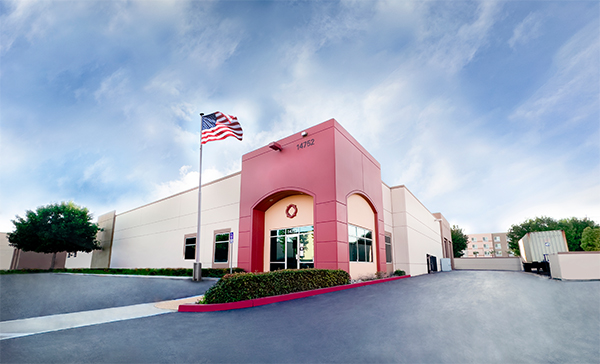

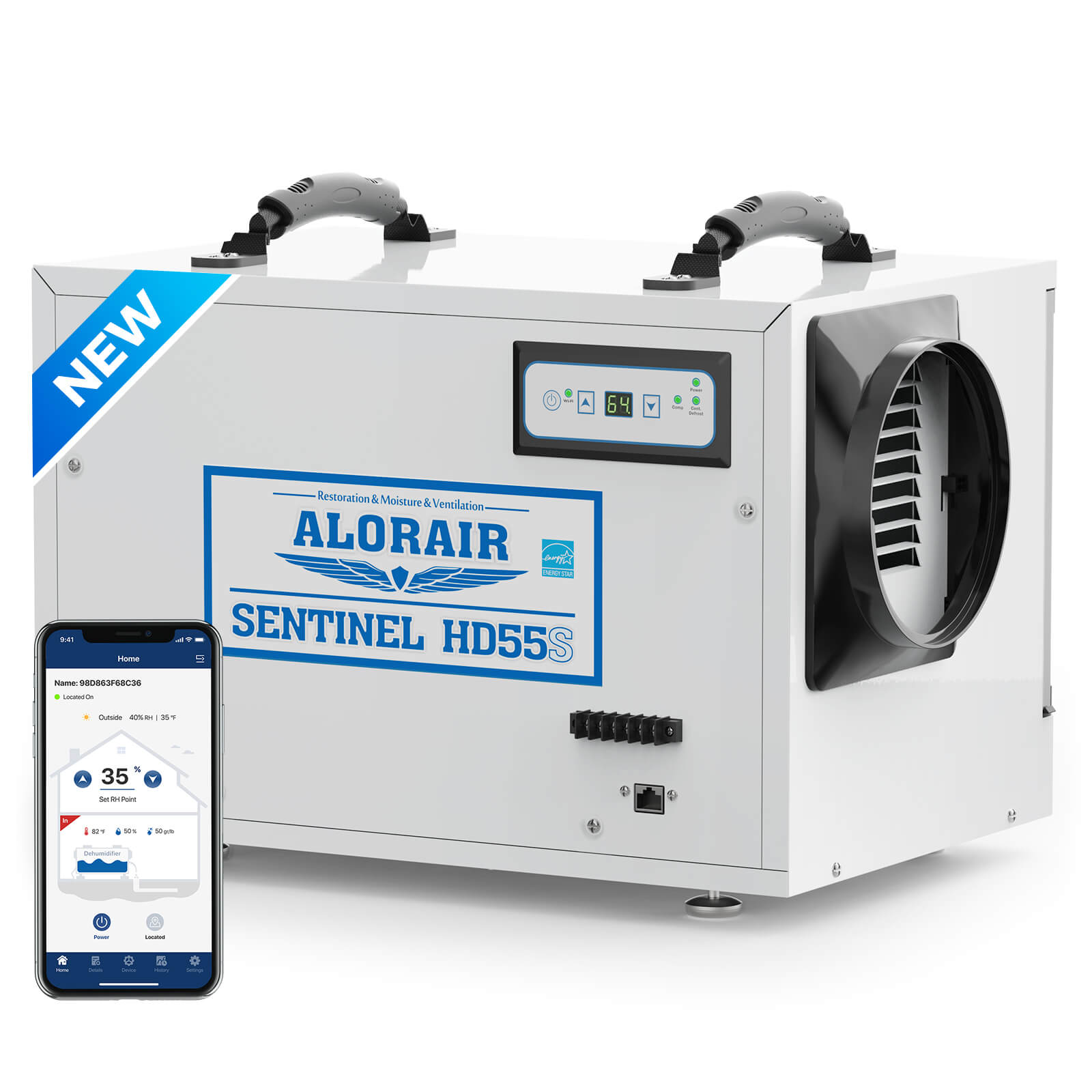
-(1).png)
.jpg)
.jpg)
.jpg)
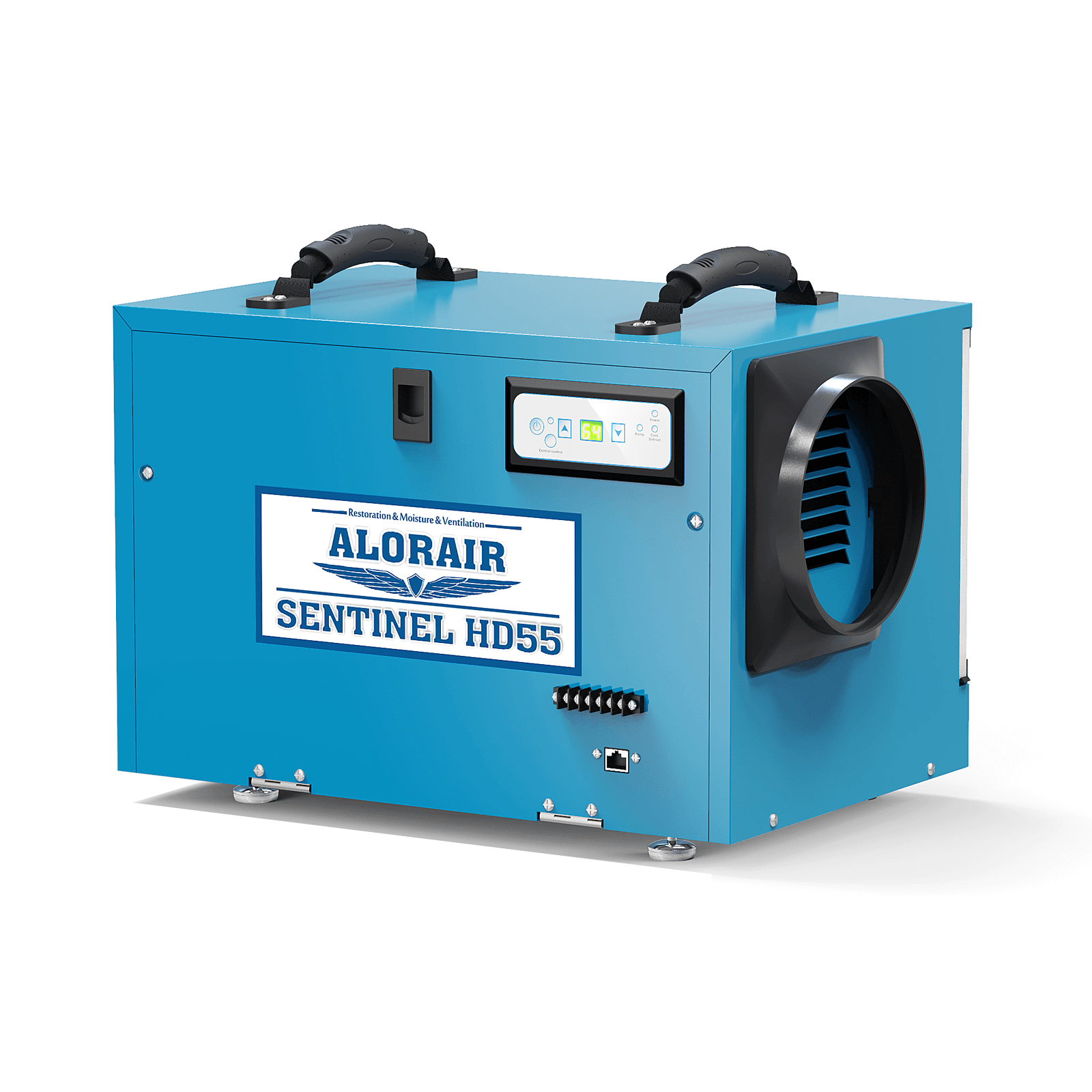
.jpg)
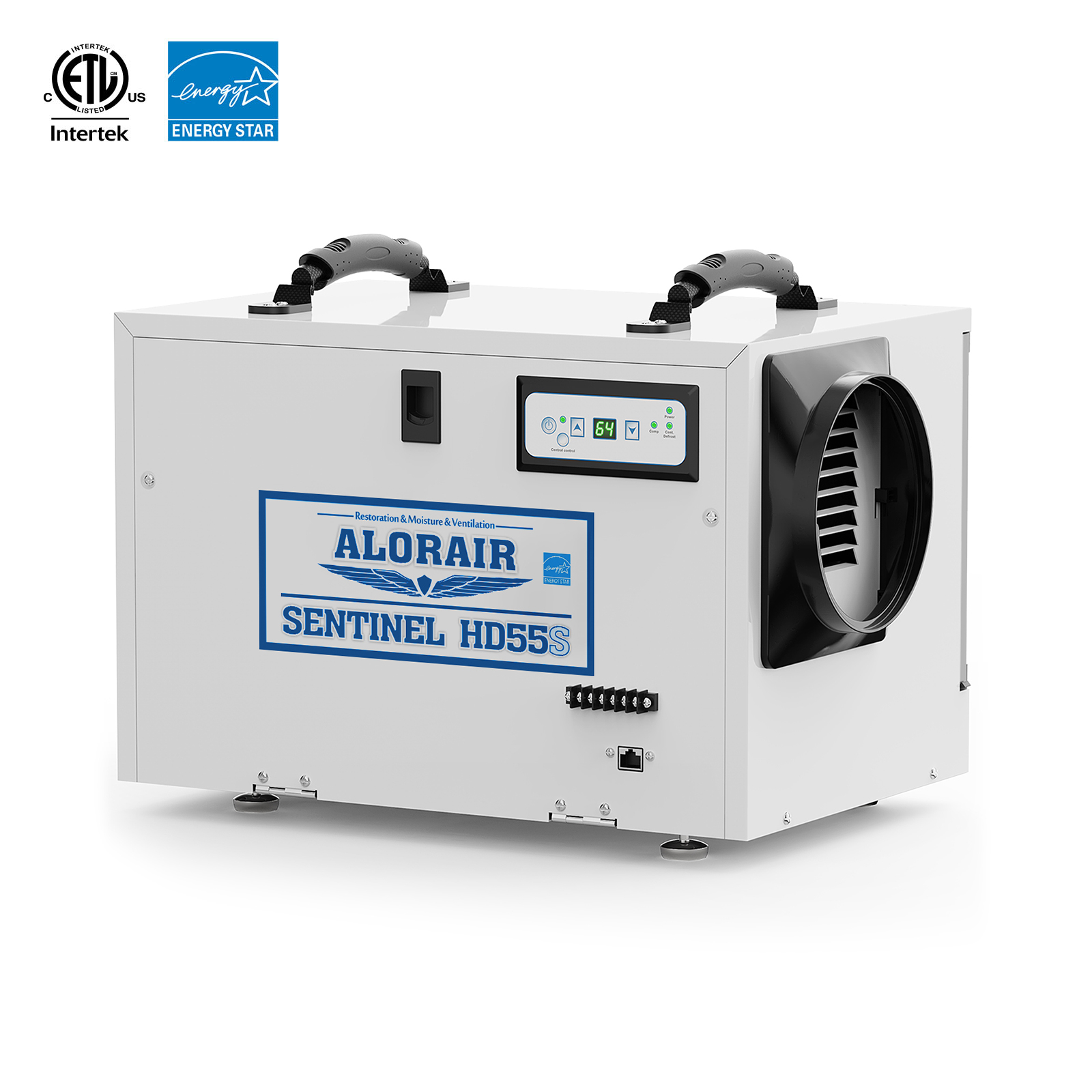
.HDi90.png)
.HD90.png)
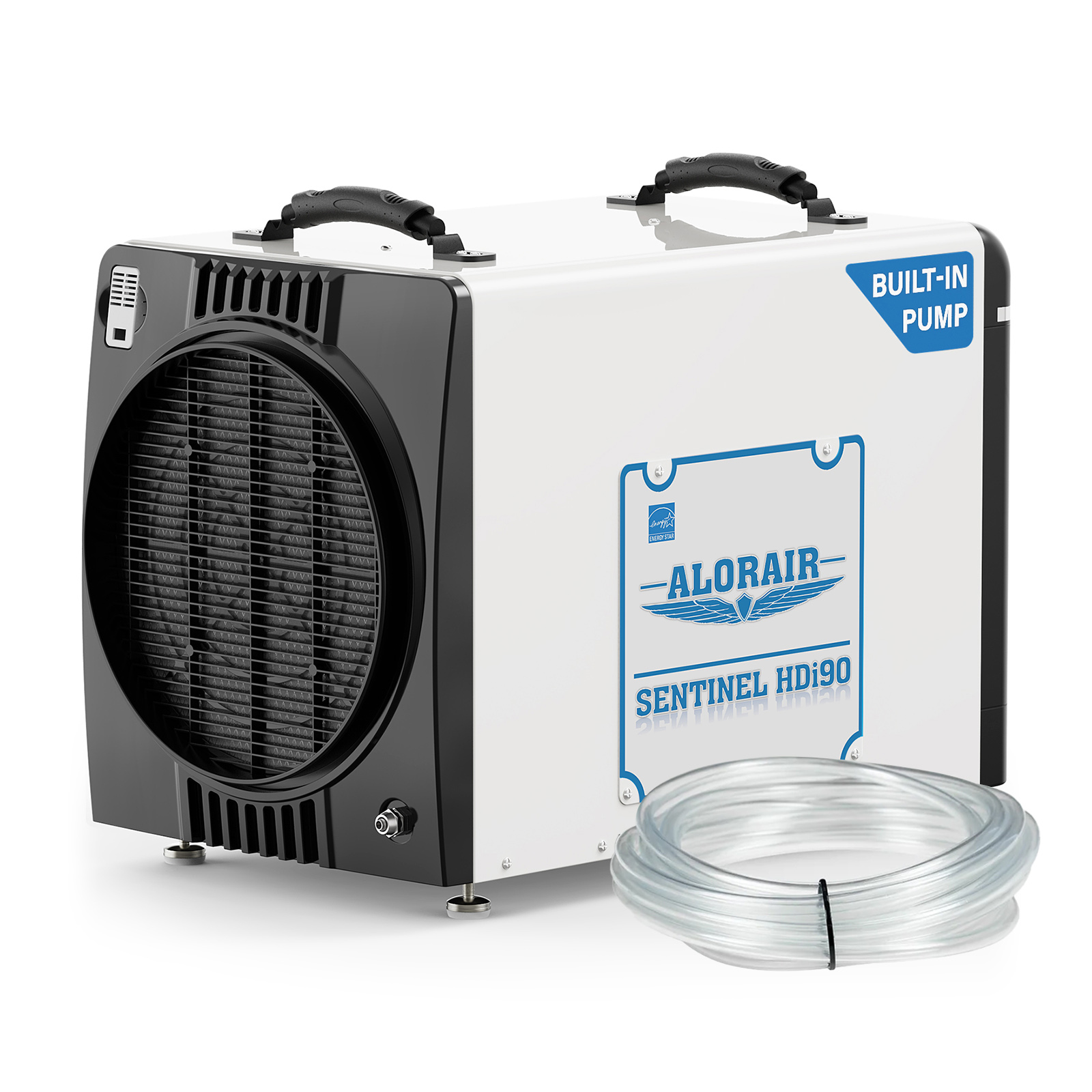
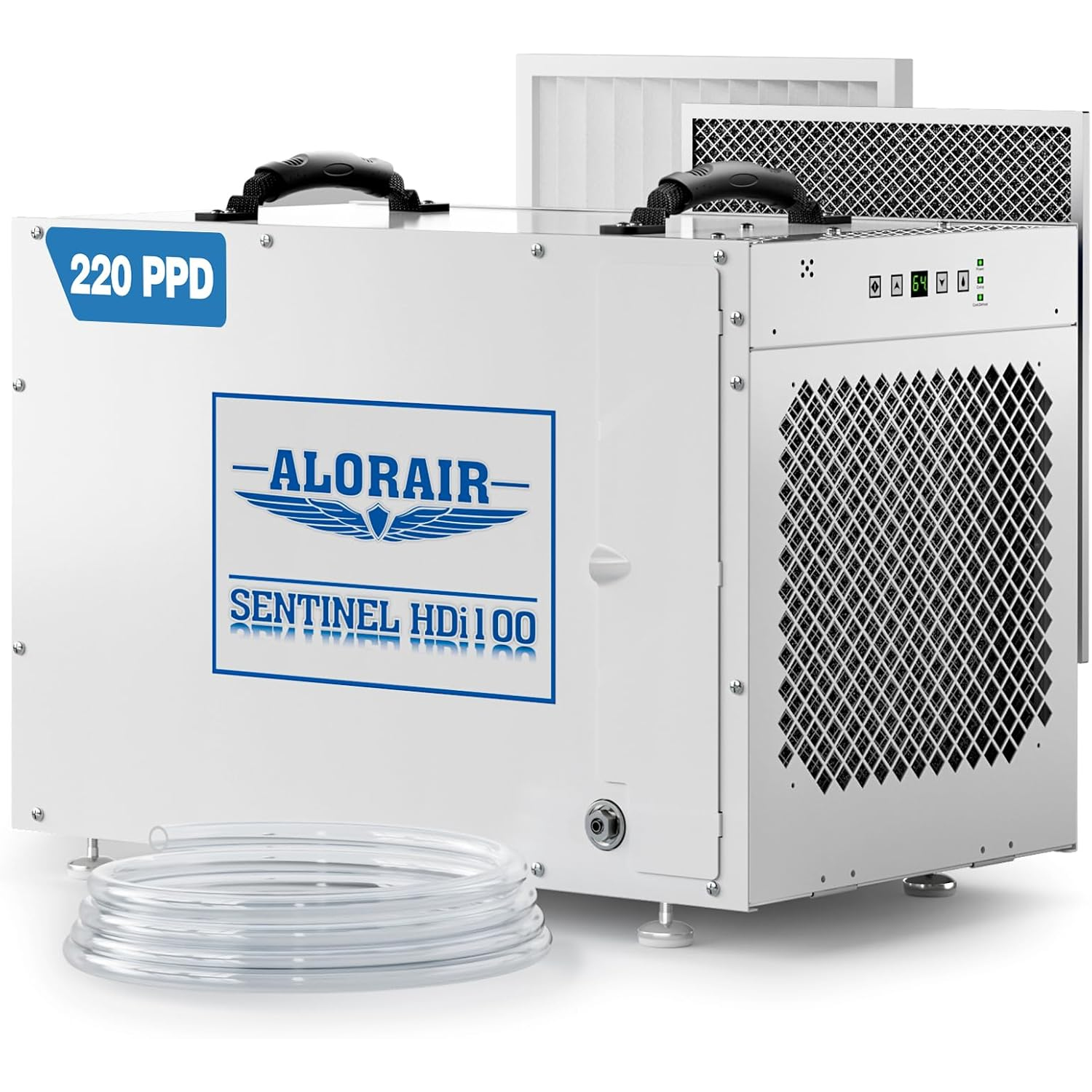
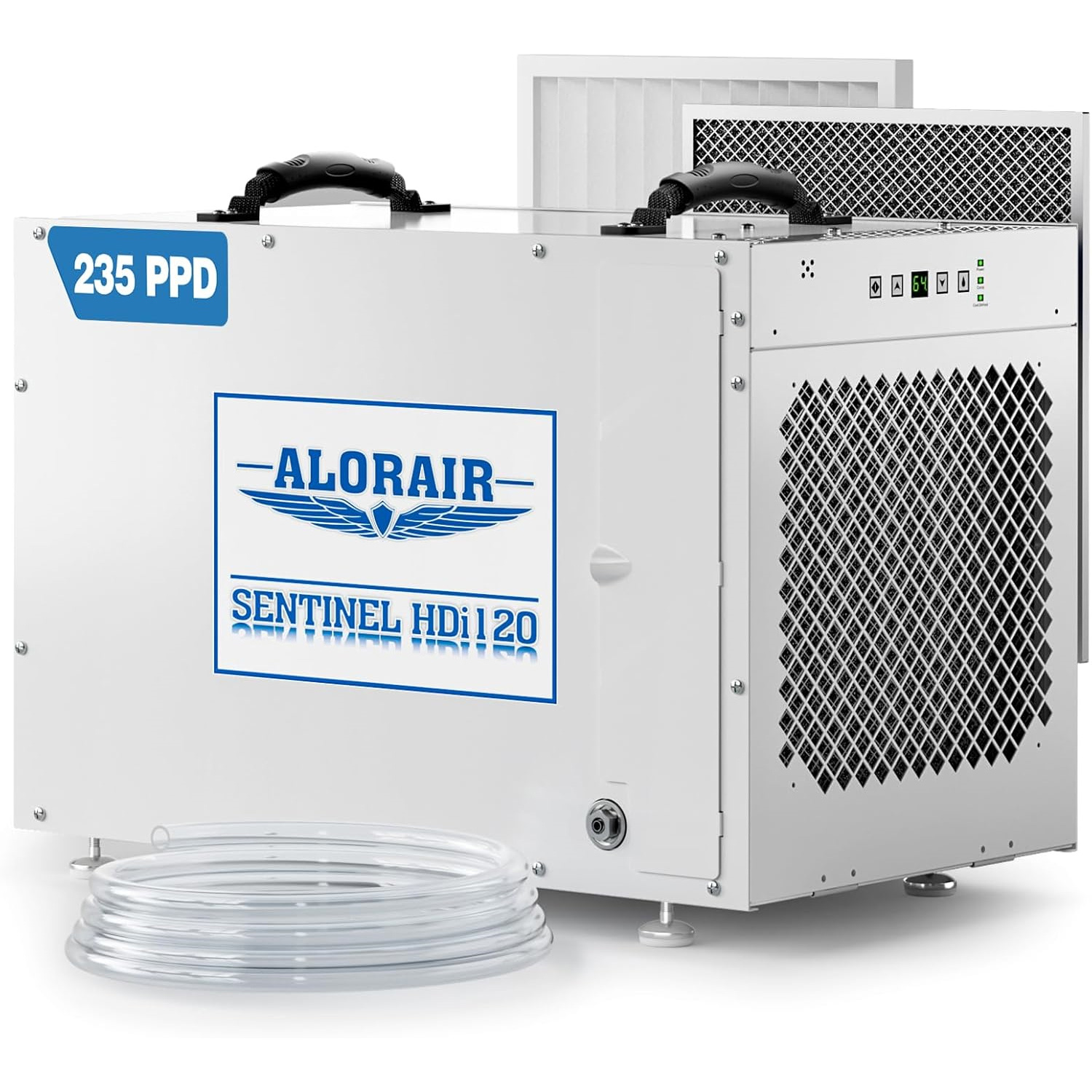
.jpg)
.jpg)
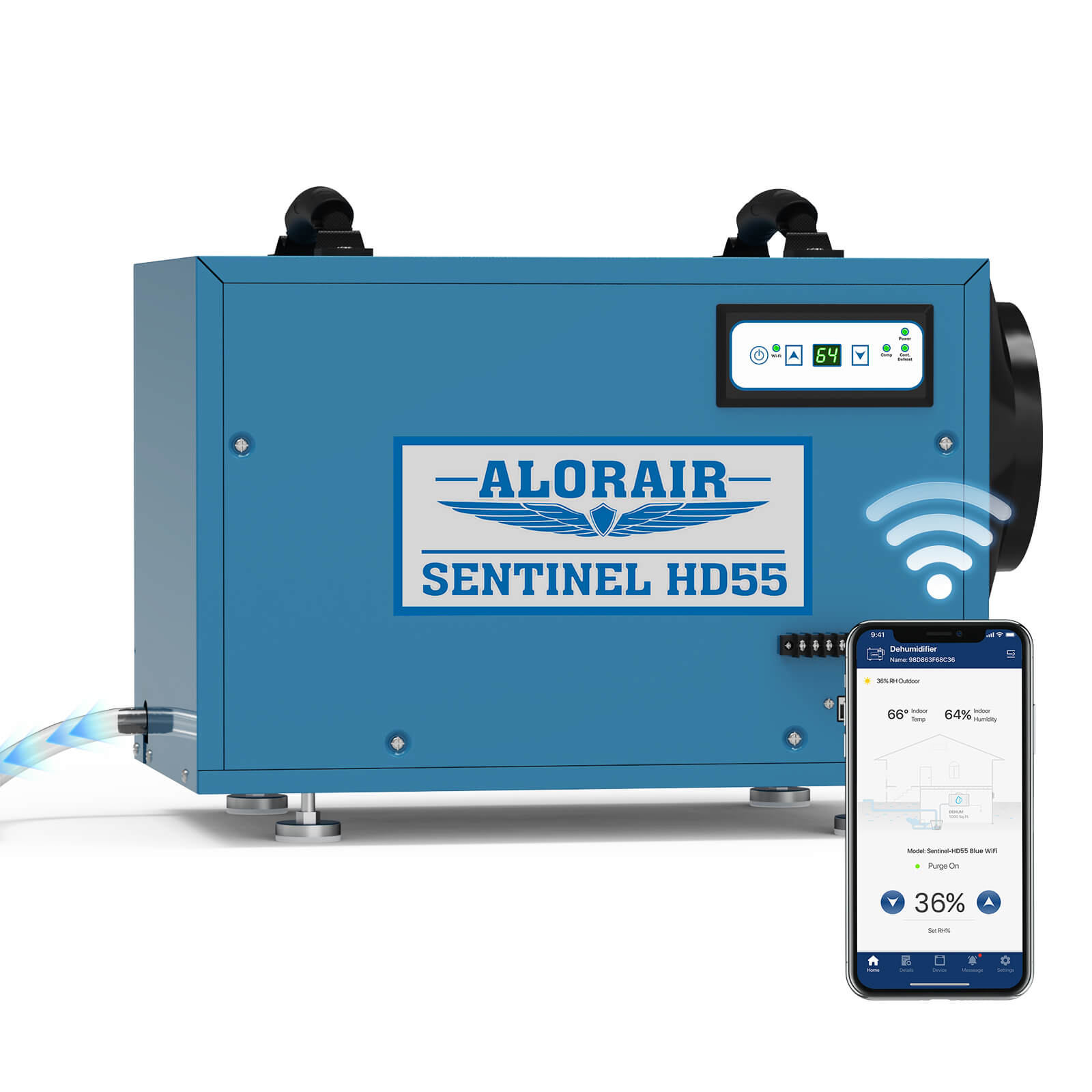
.jpg)

.jpg)
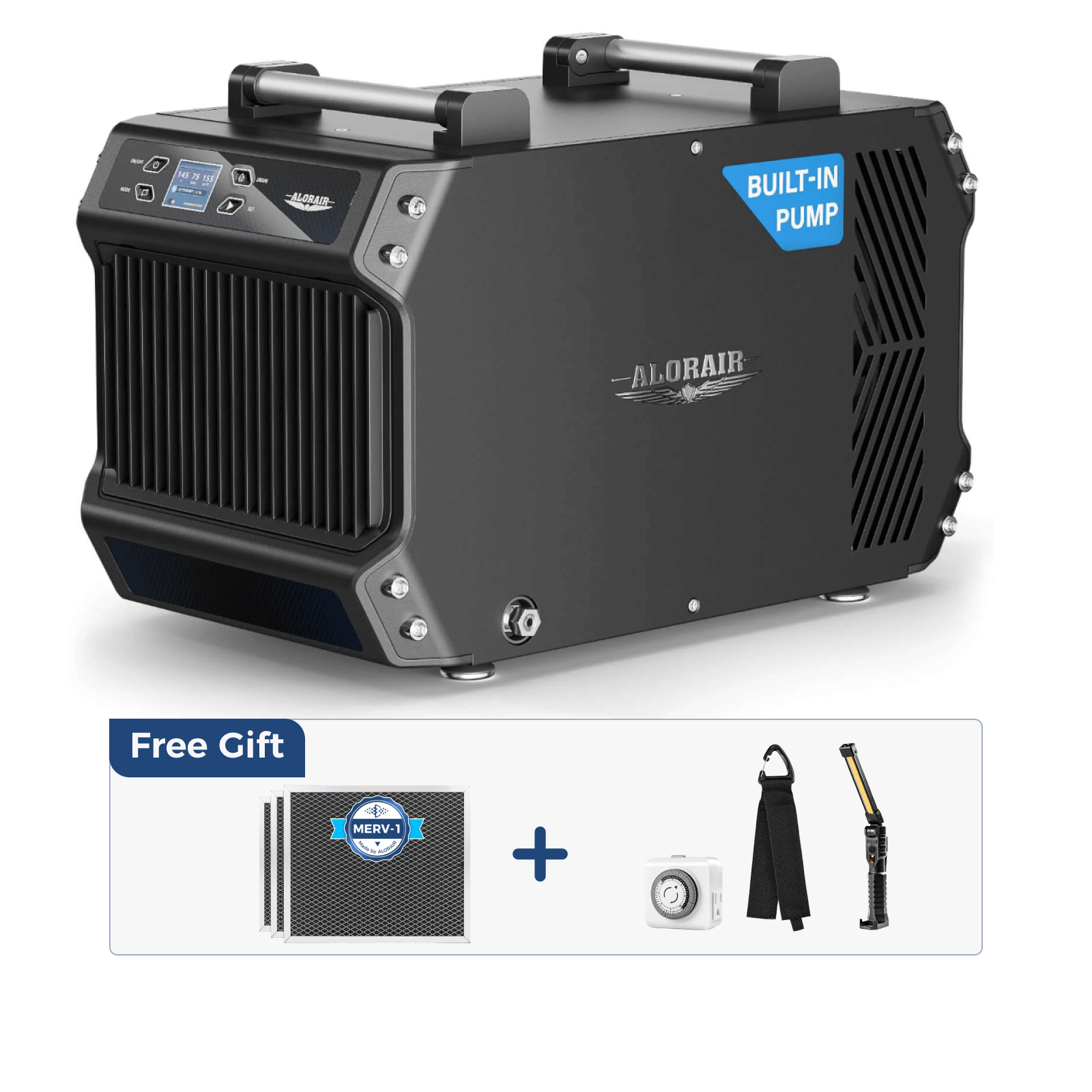

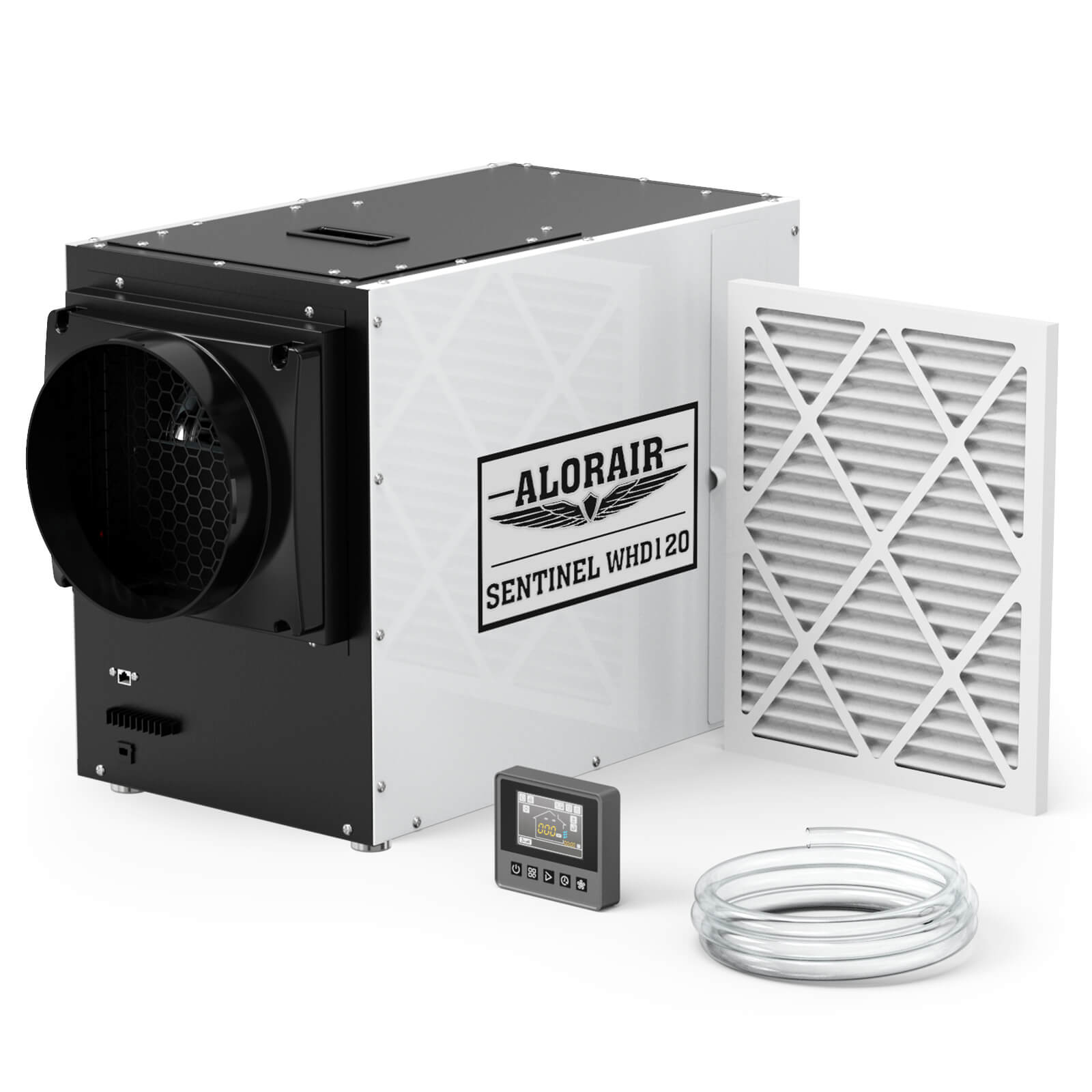
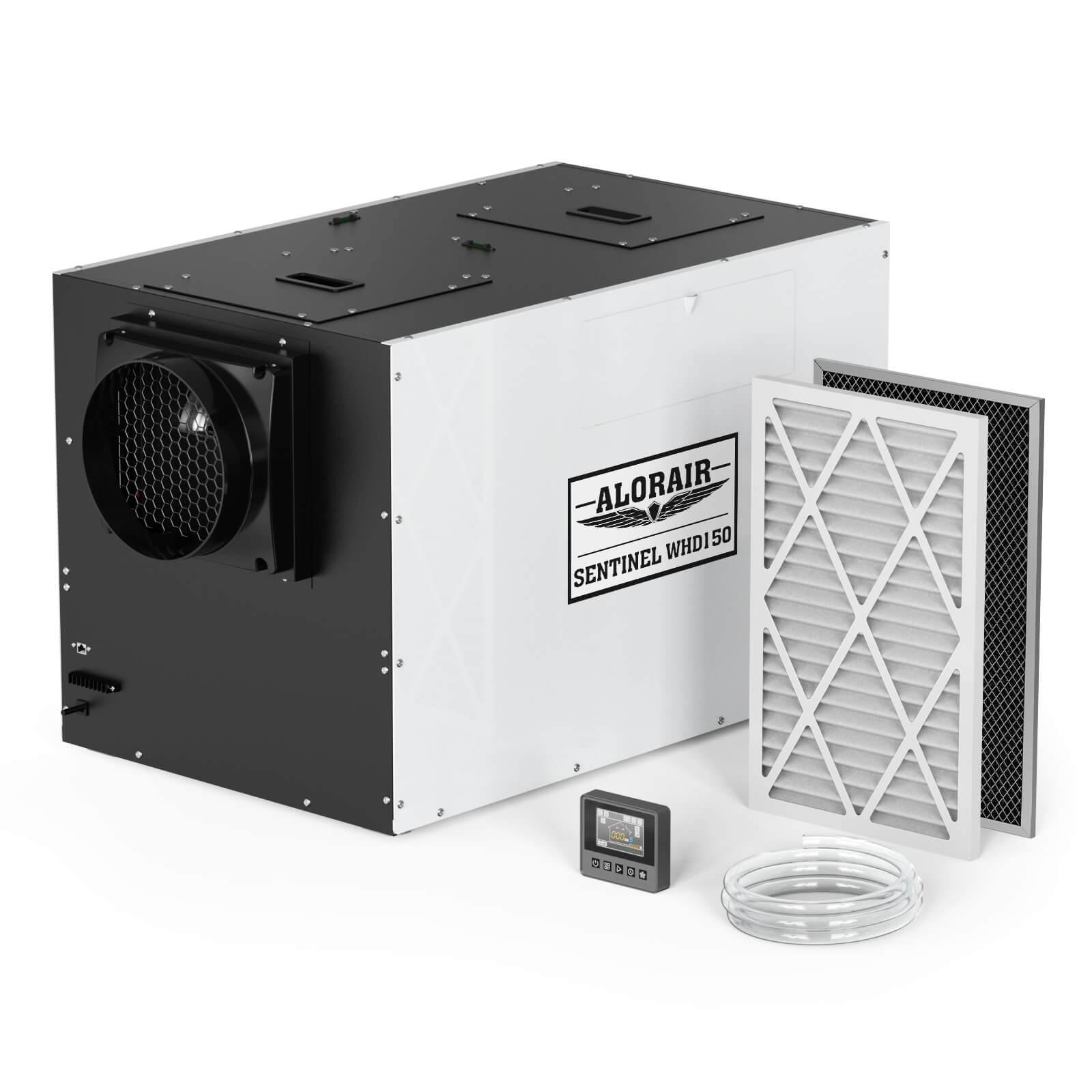
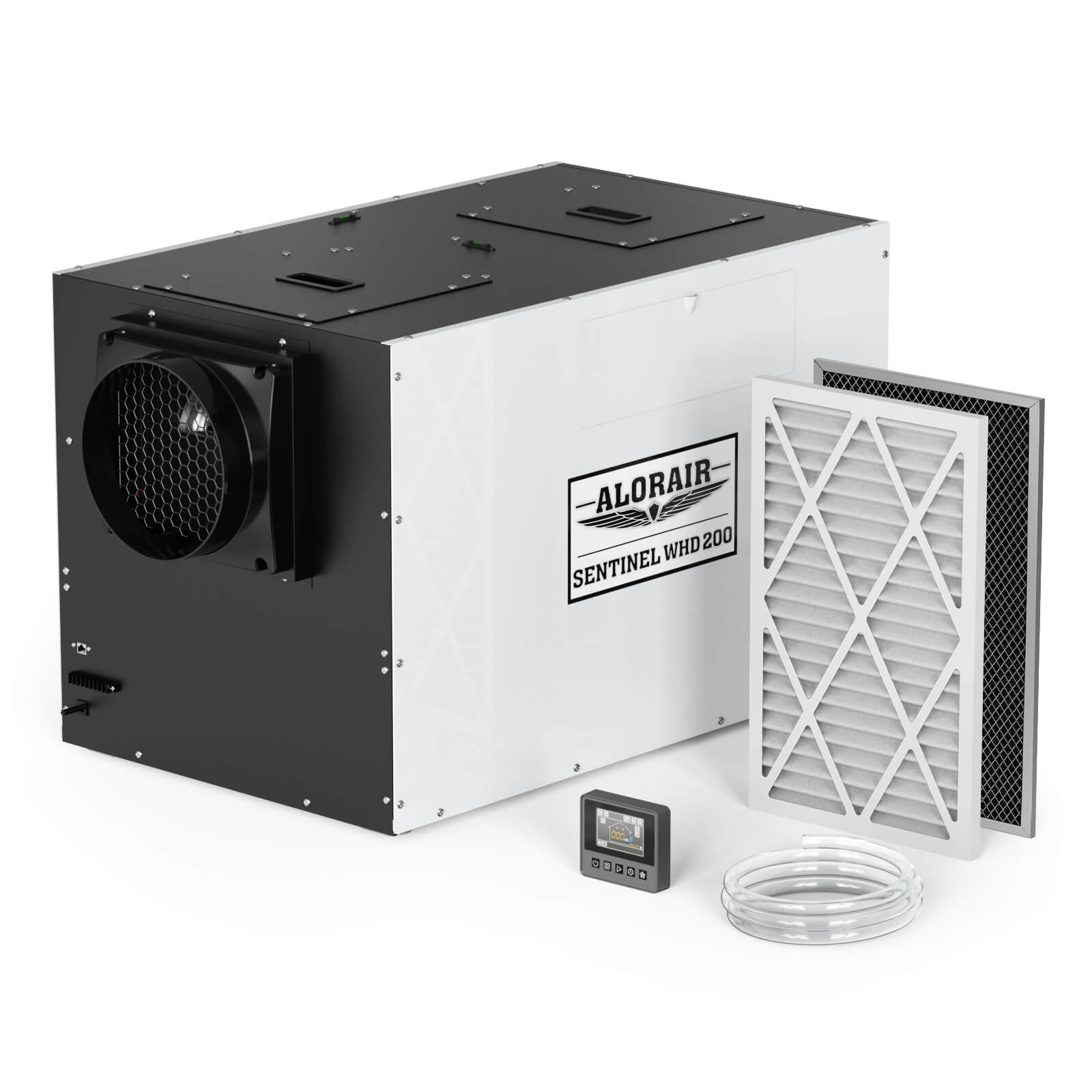
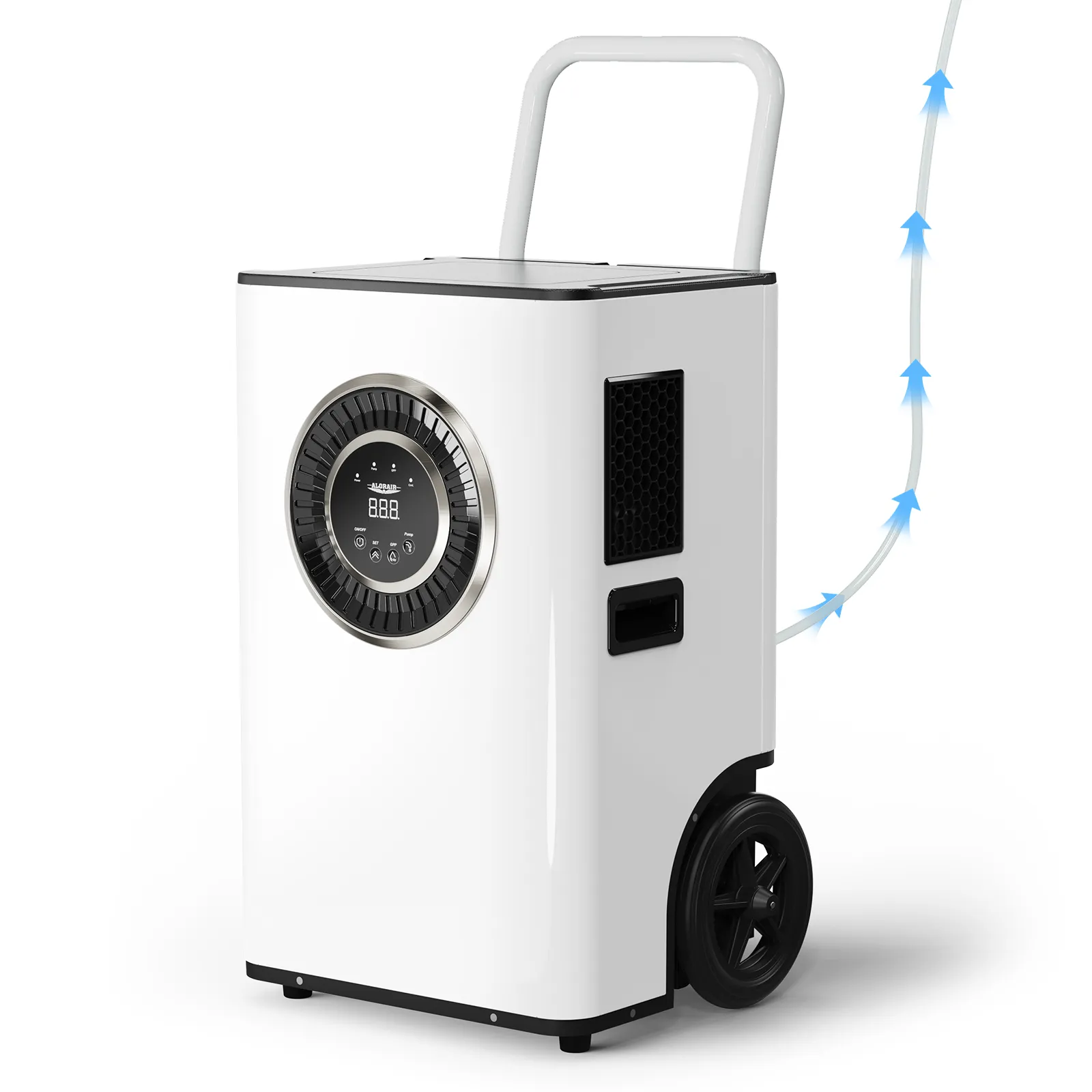
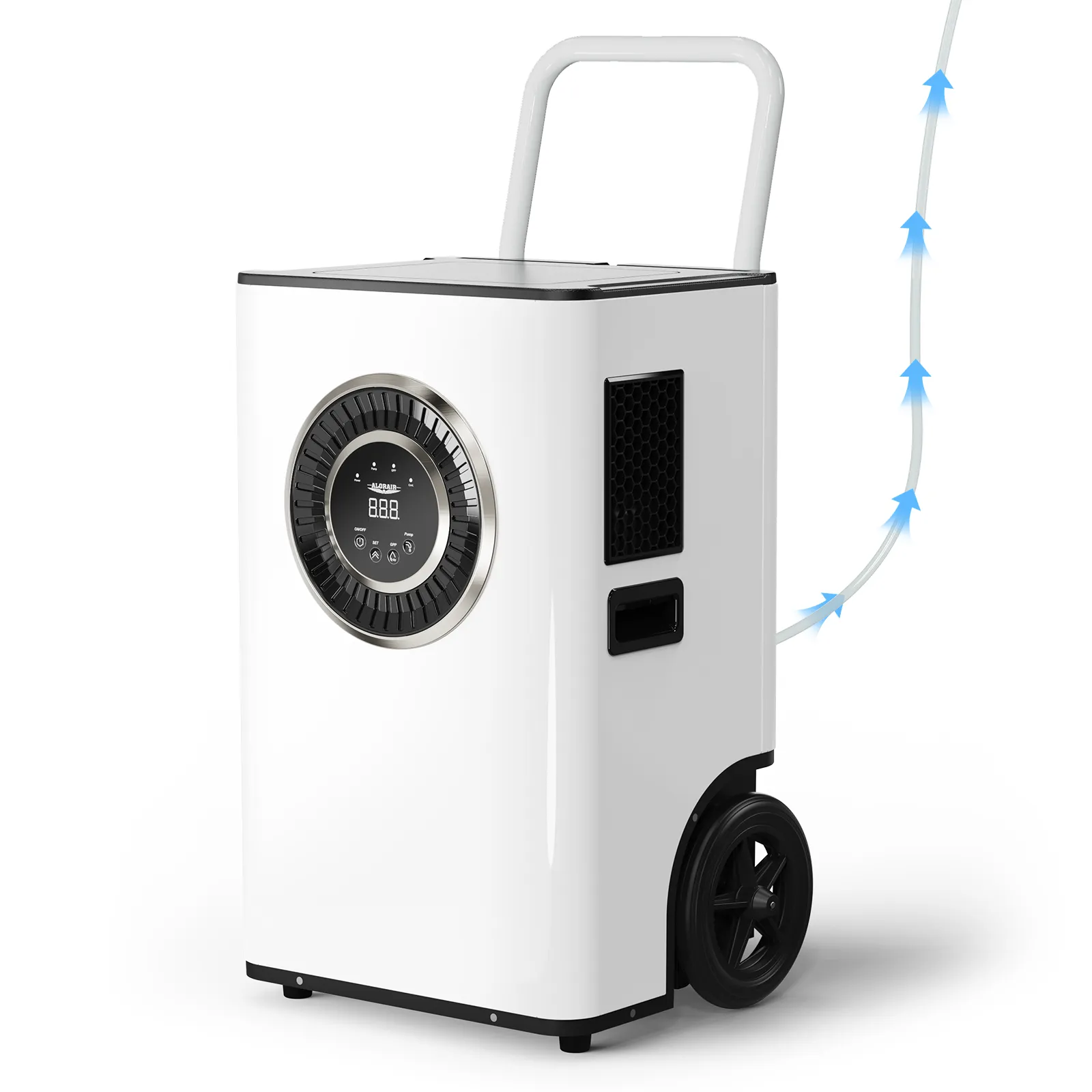

.jpg)
.jpg)
.jpg)

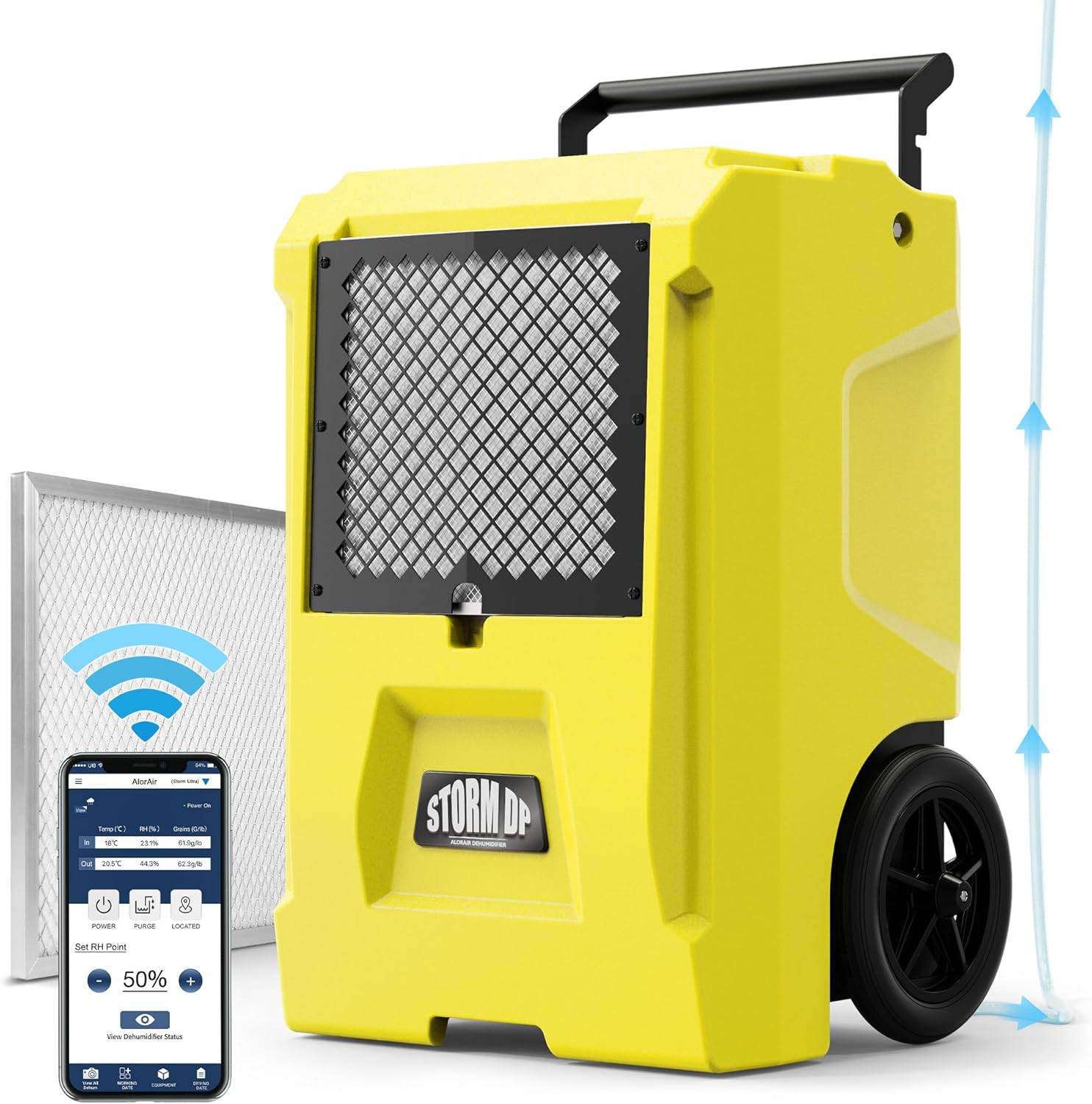
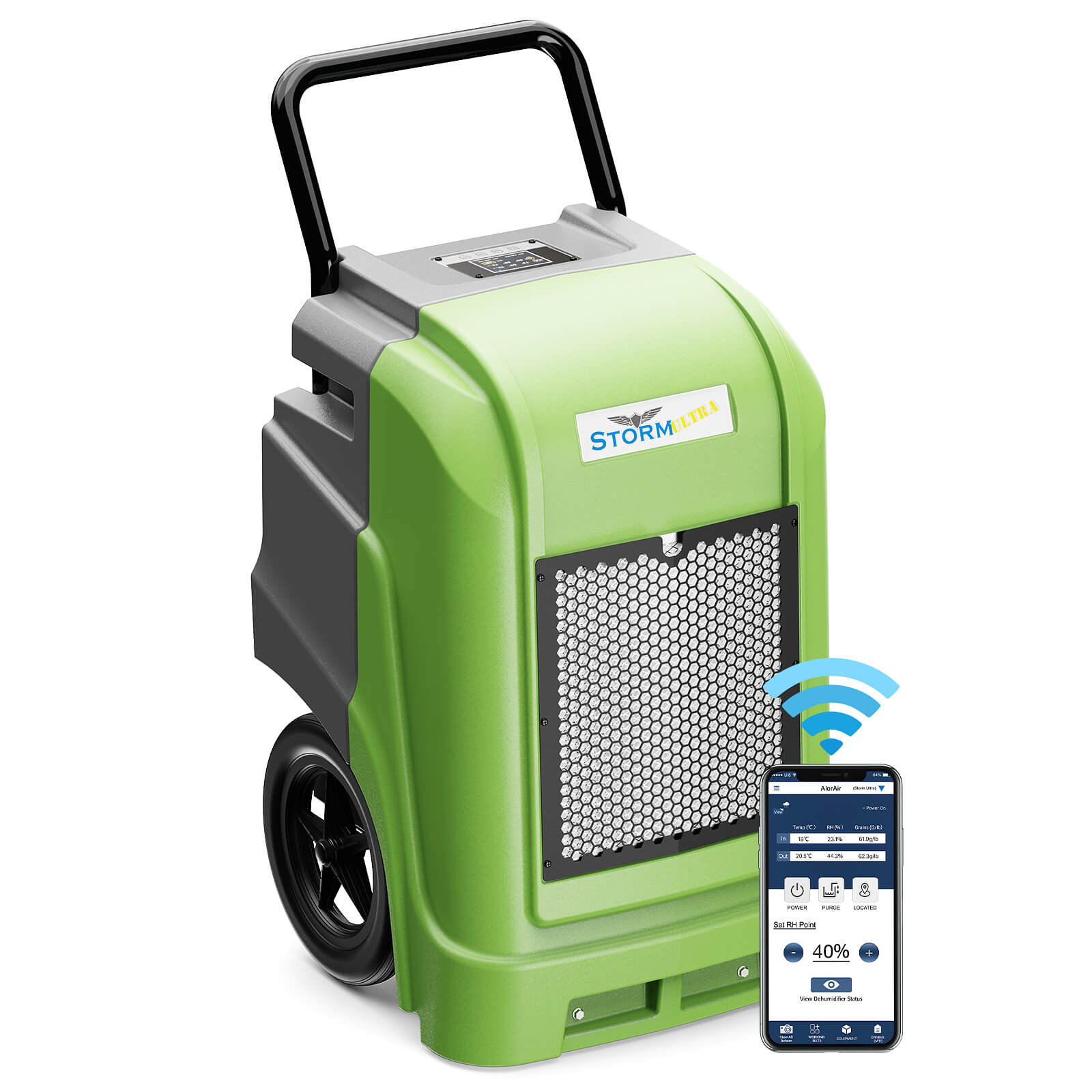
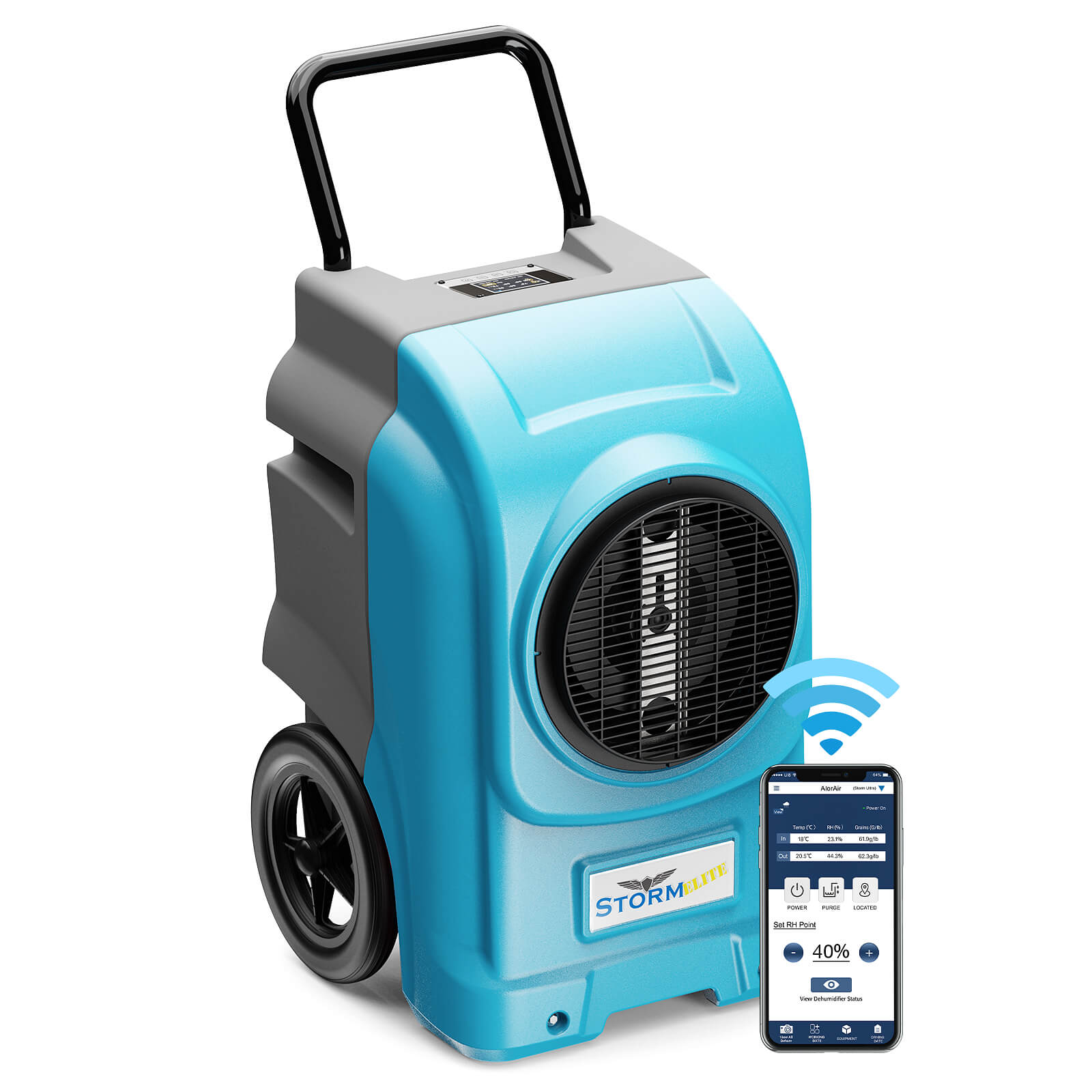
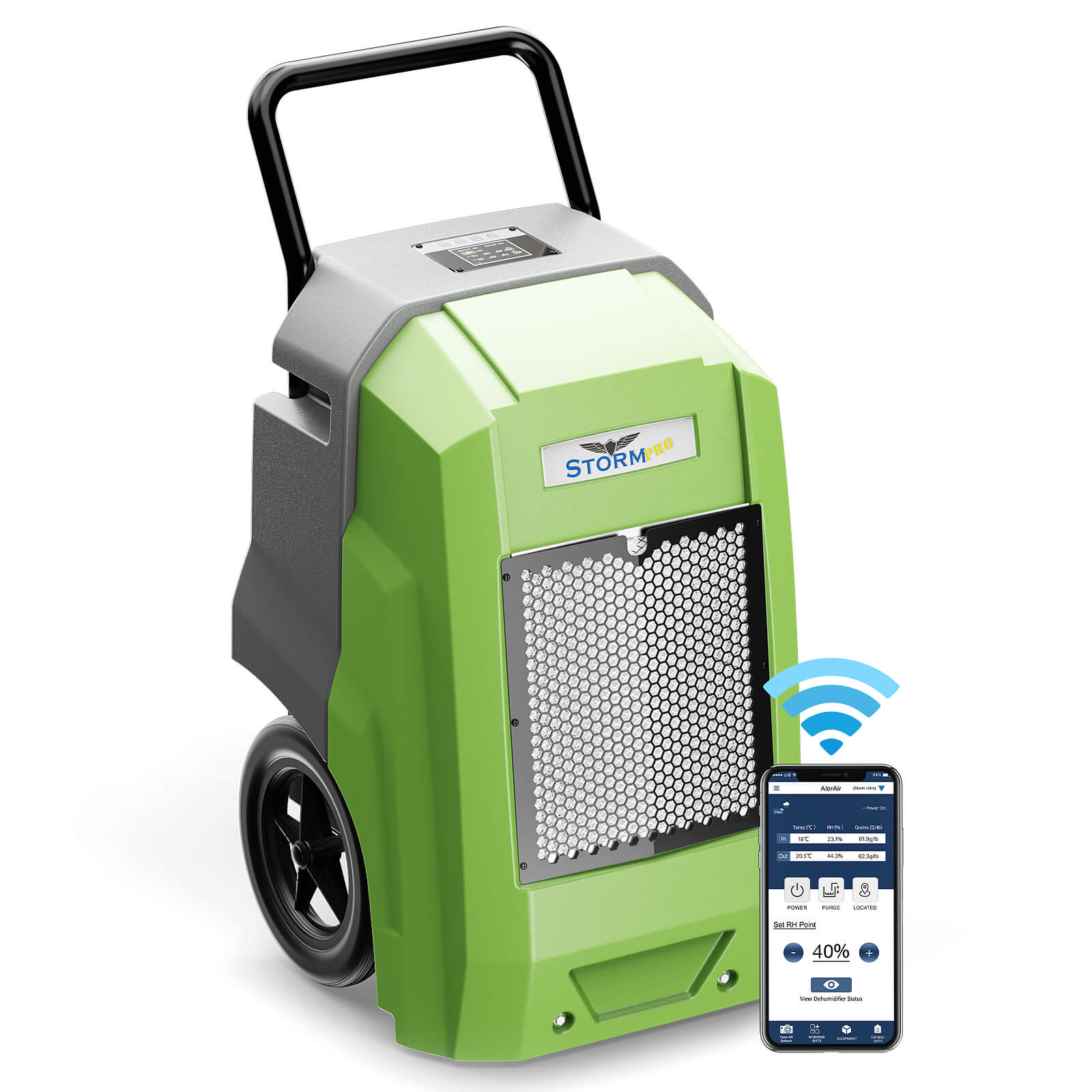
.jpg)
.jpg)
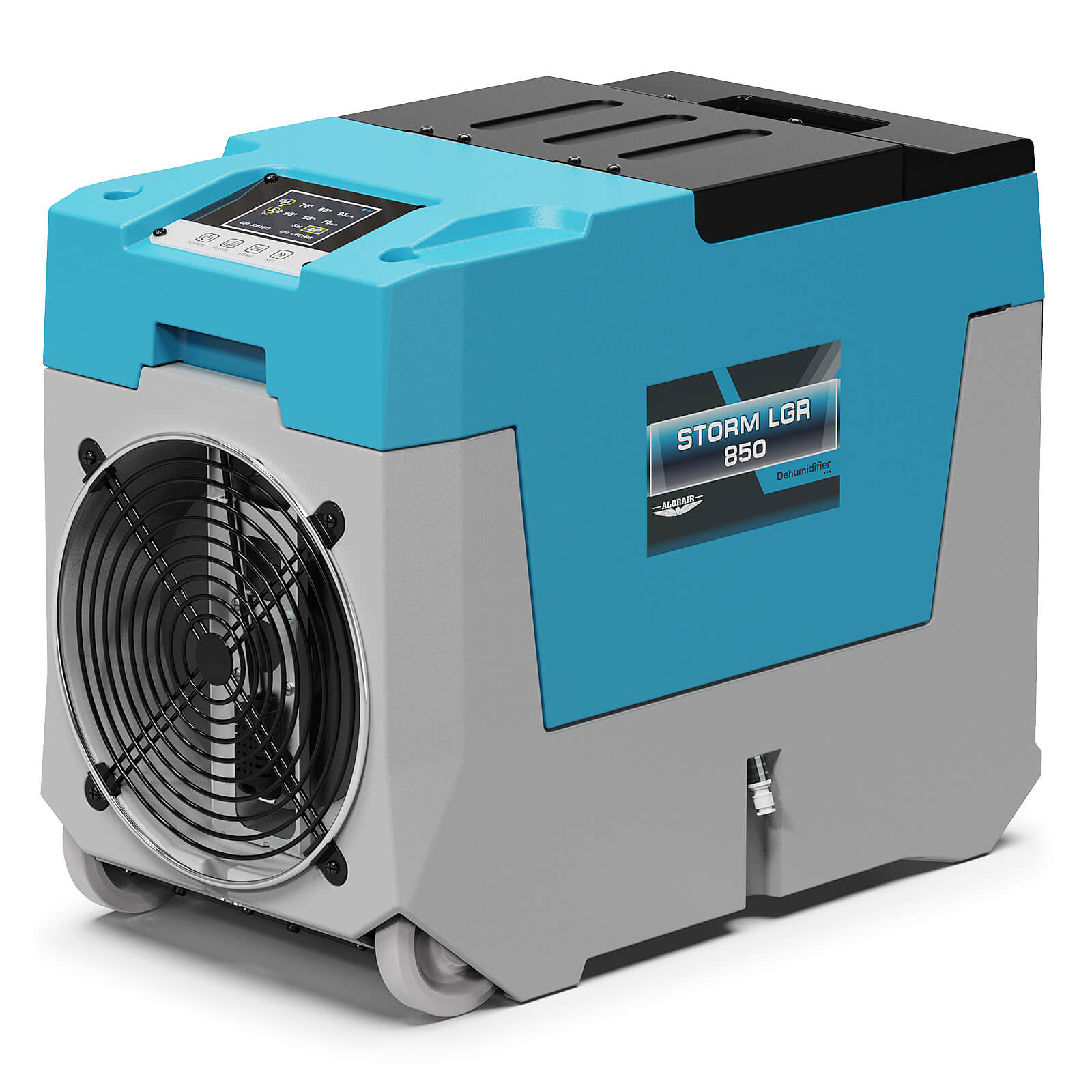
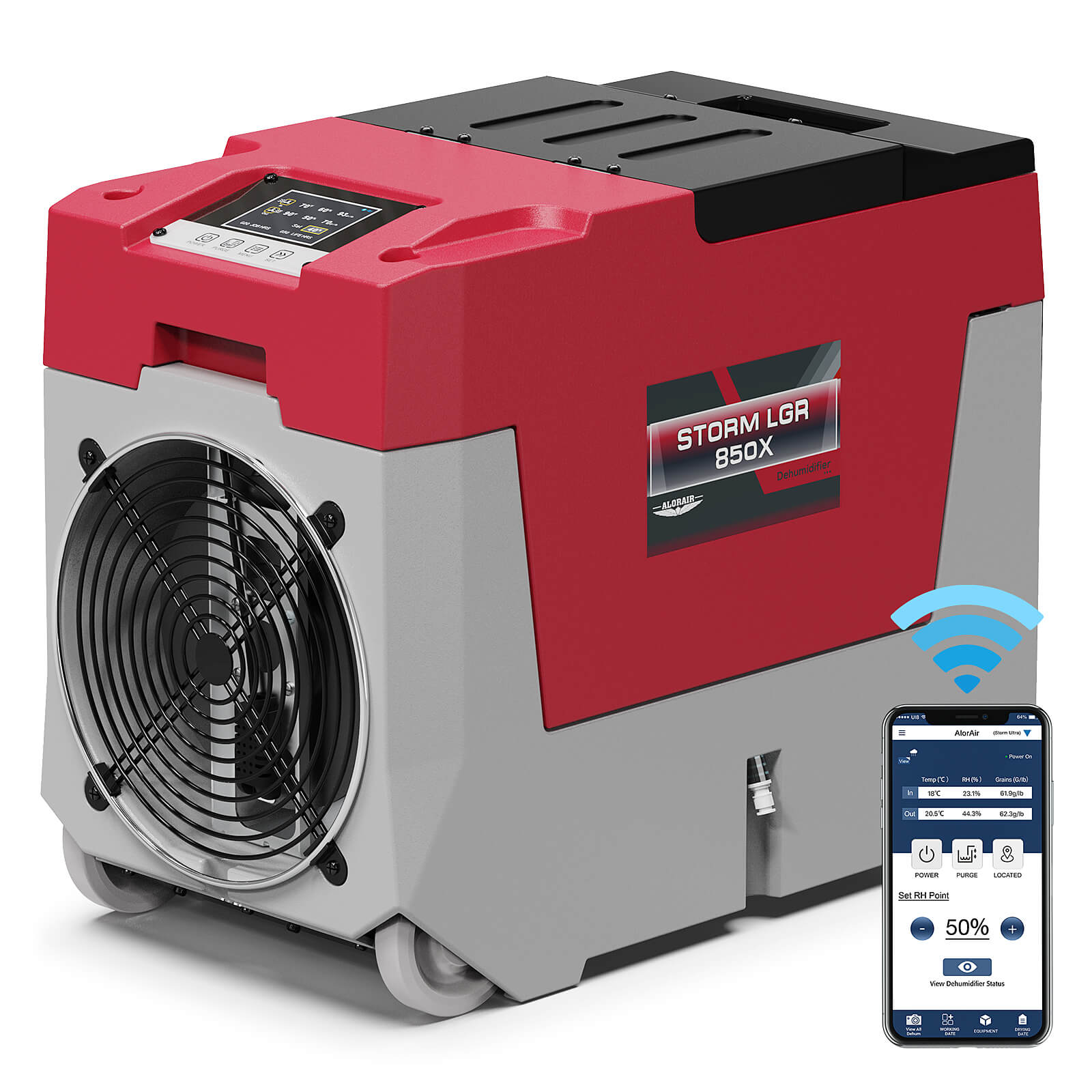

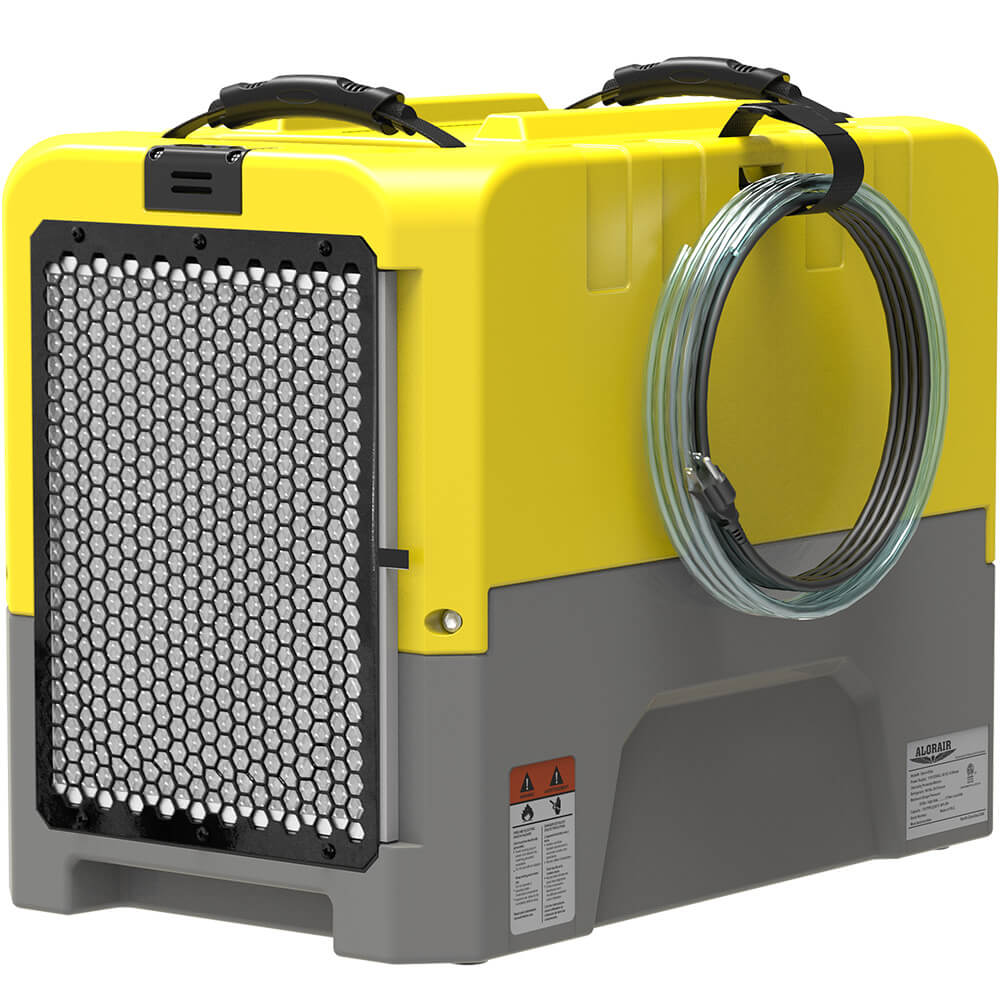

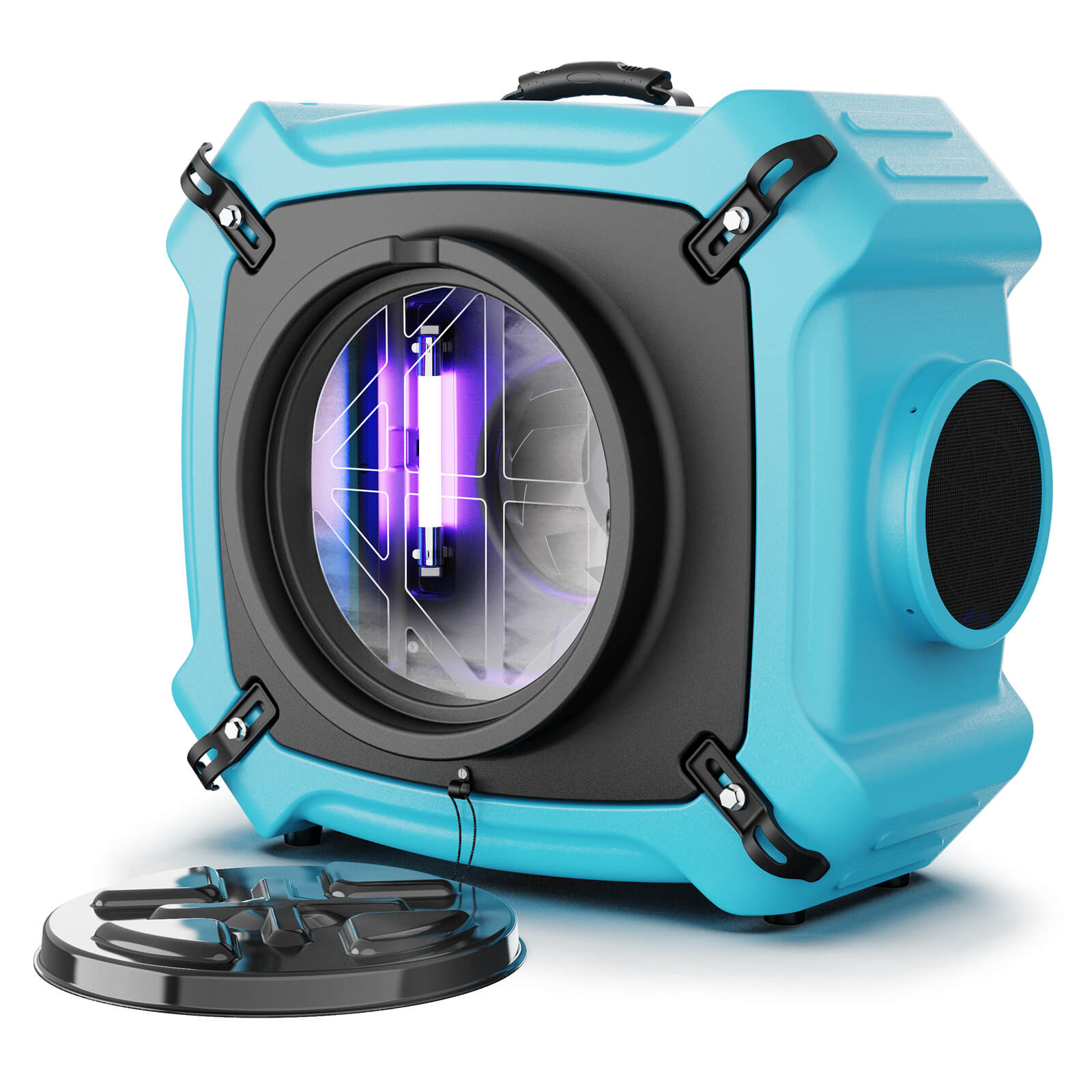
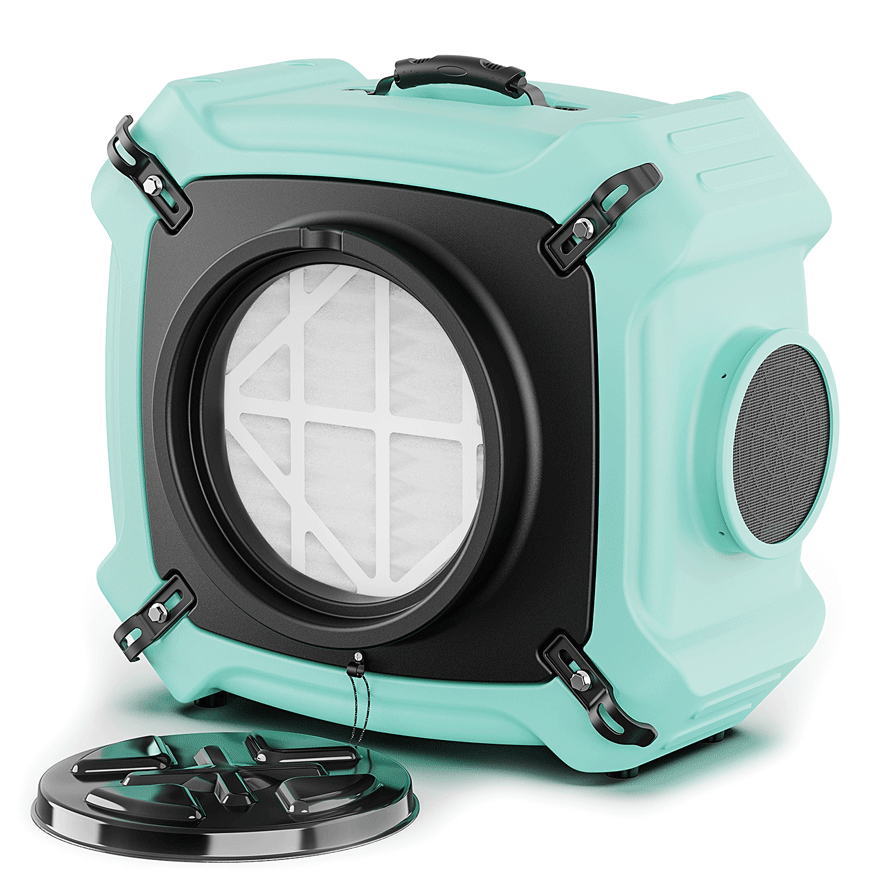
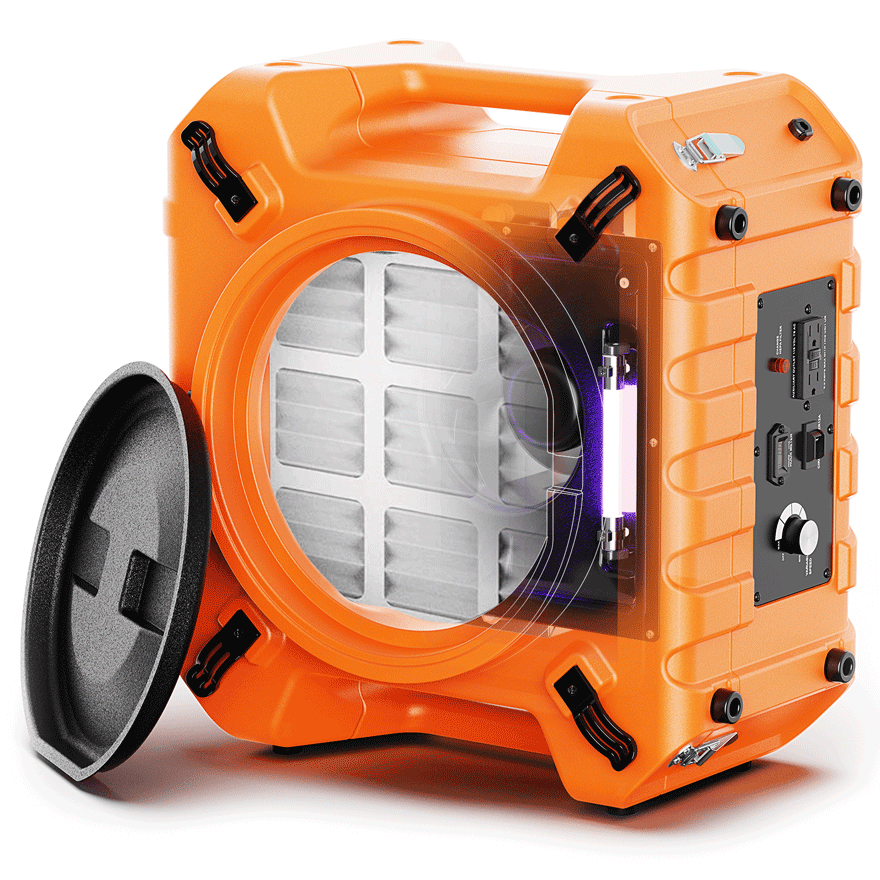
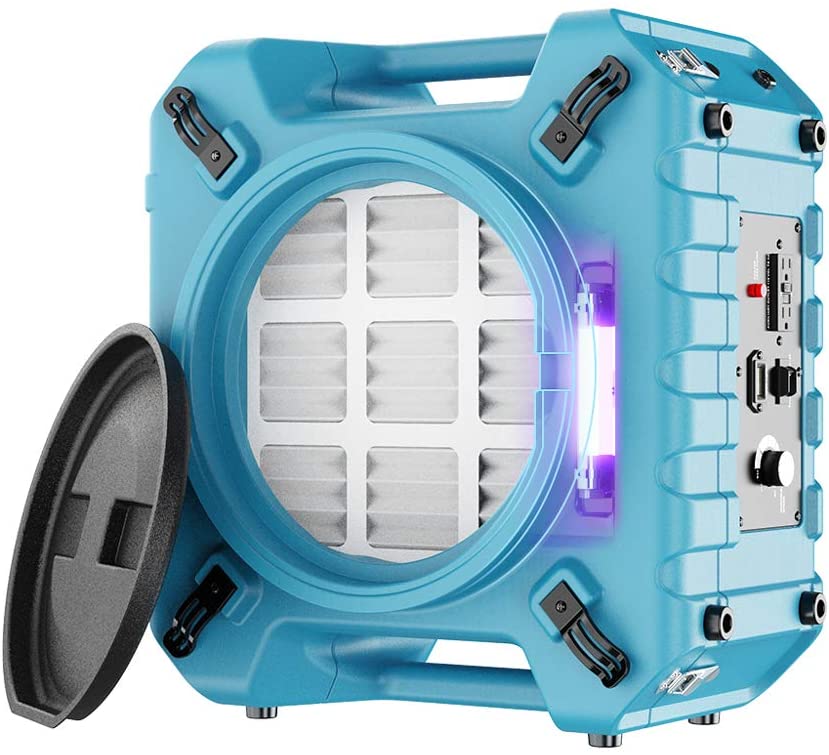
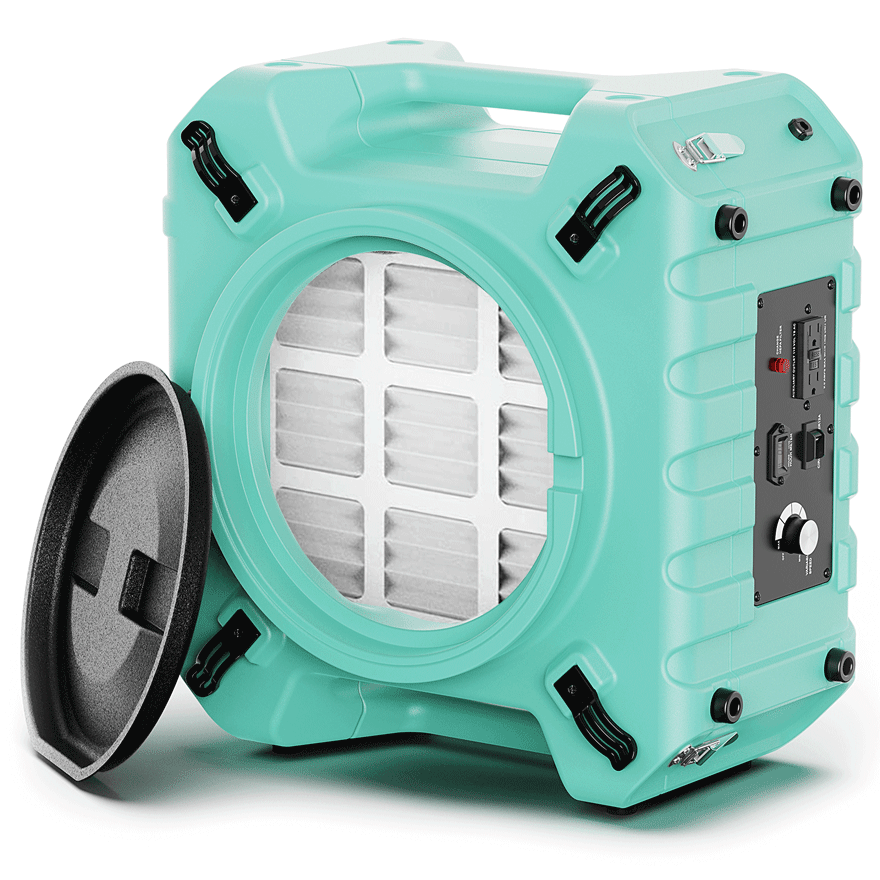
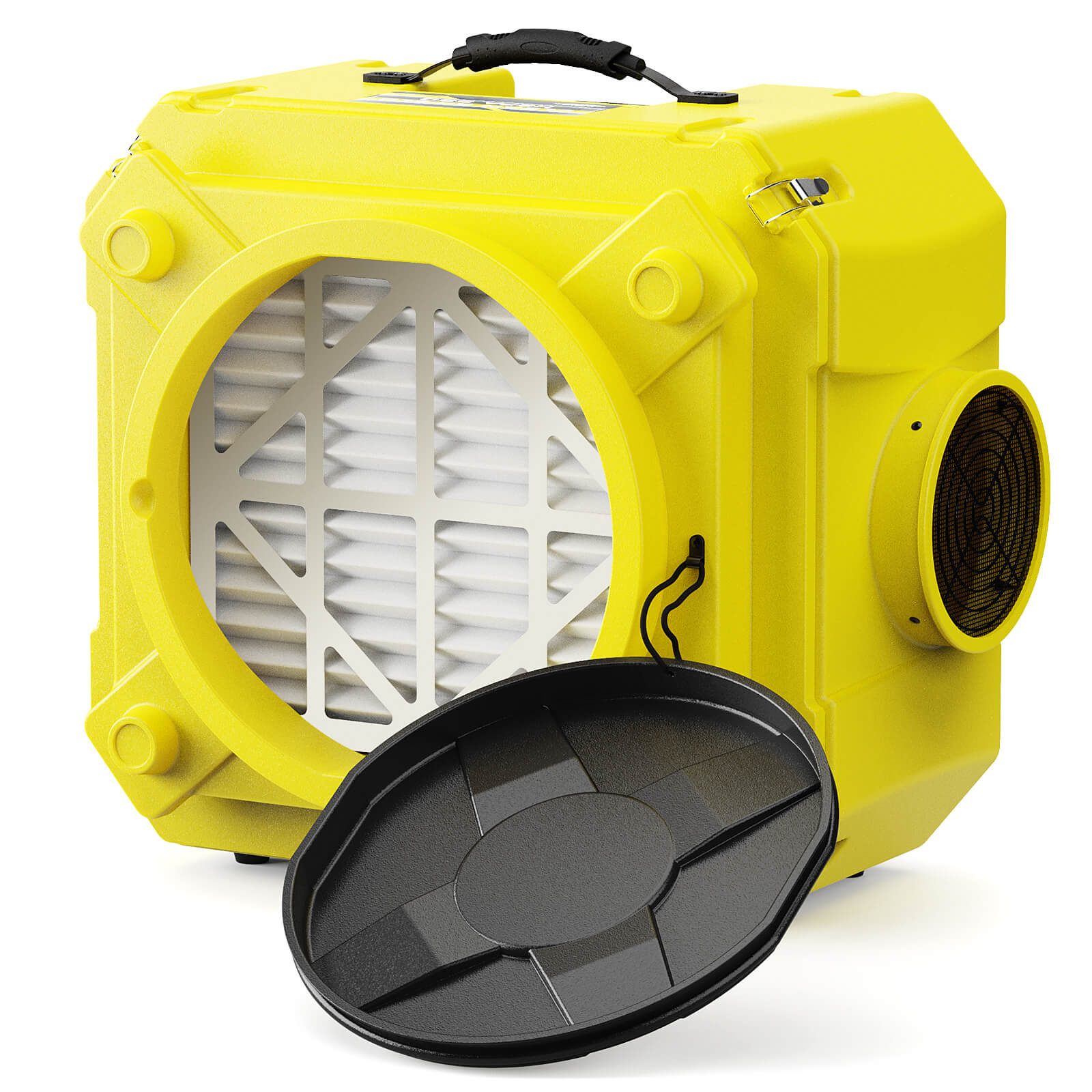
.jpg)
.jpg)
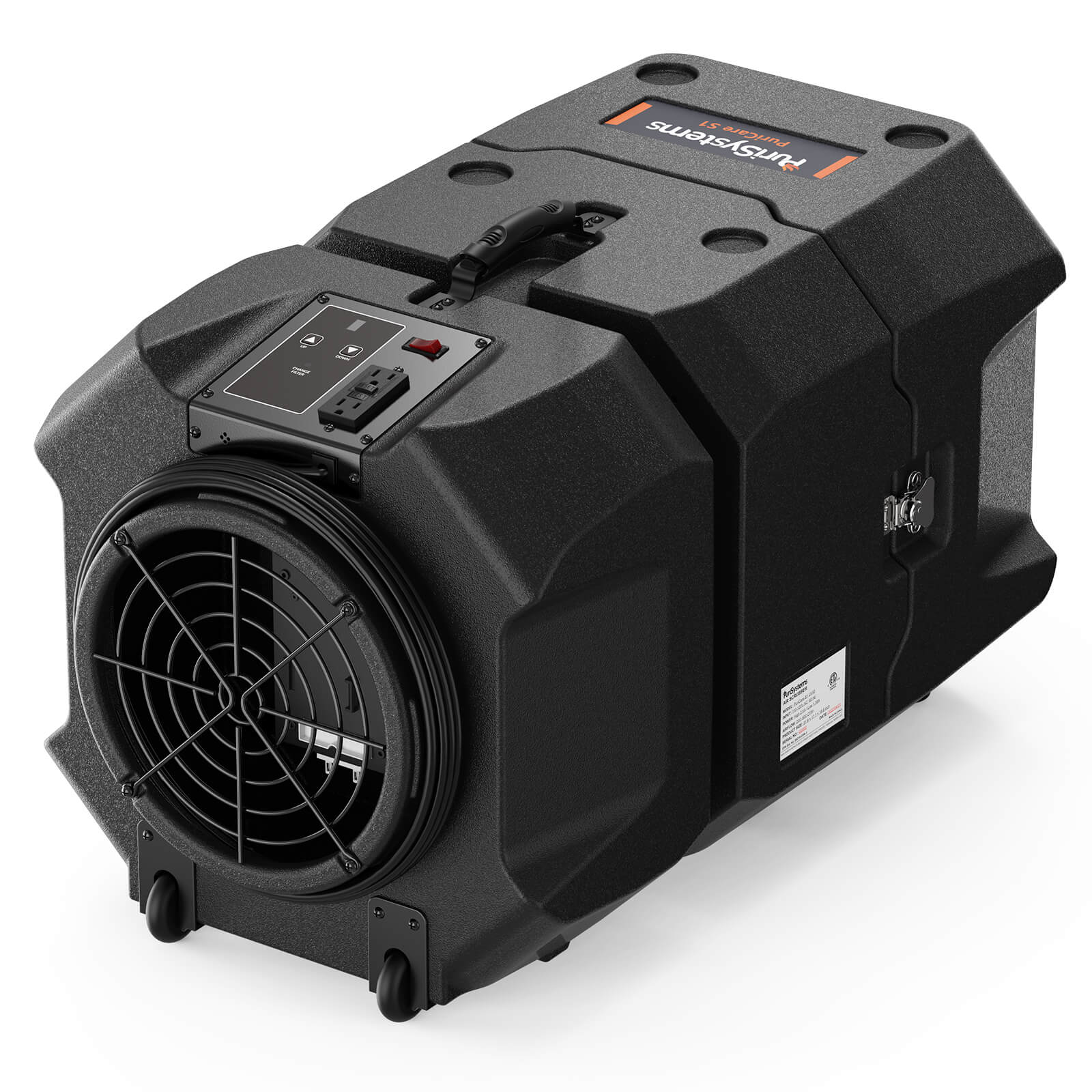

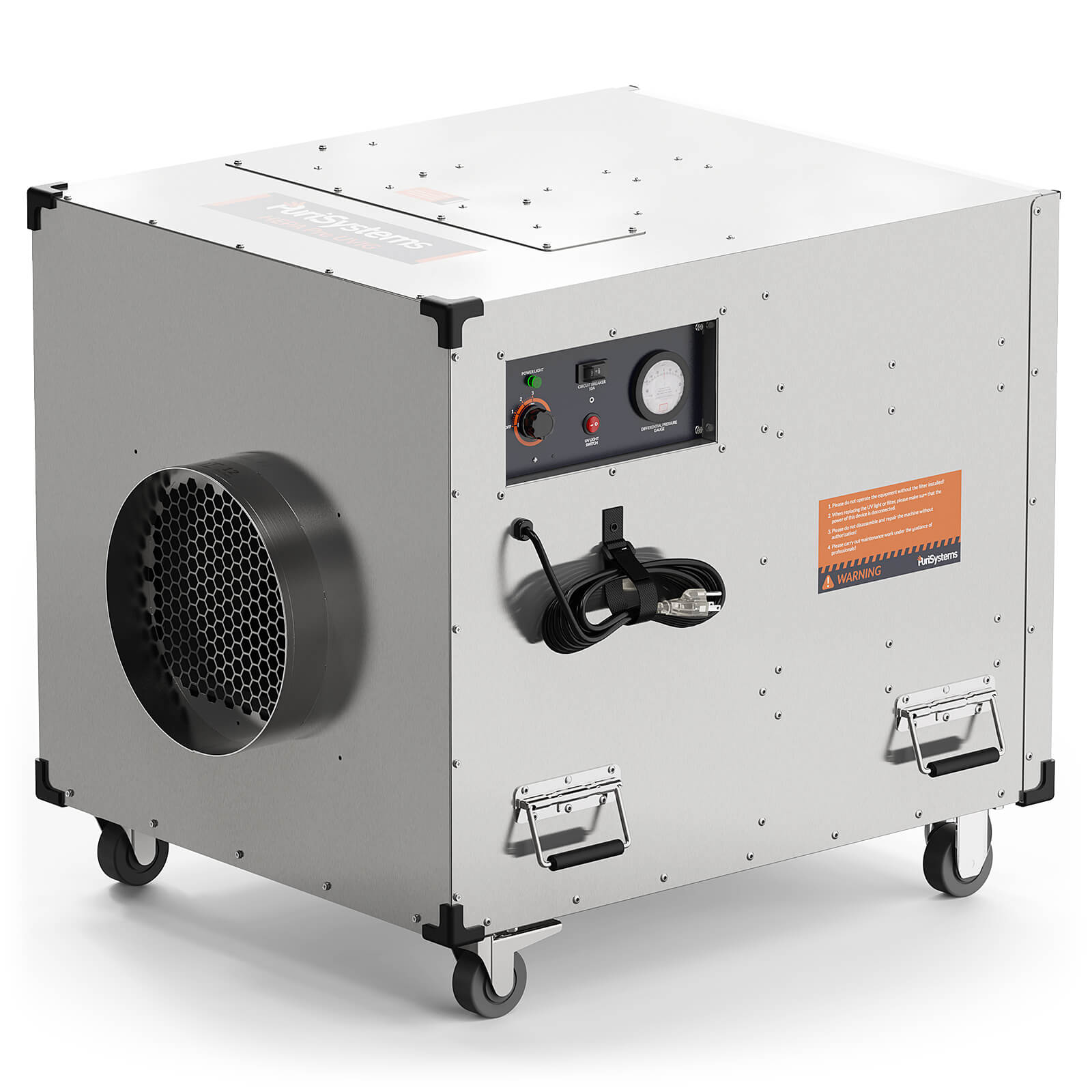
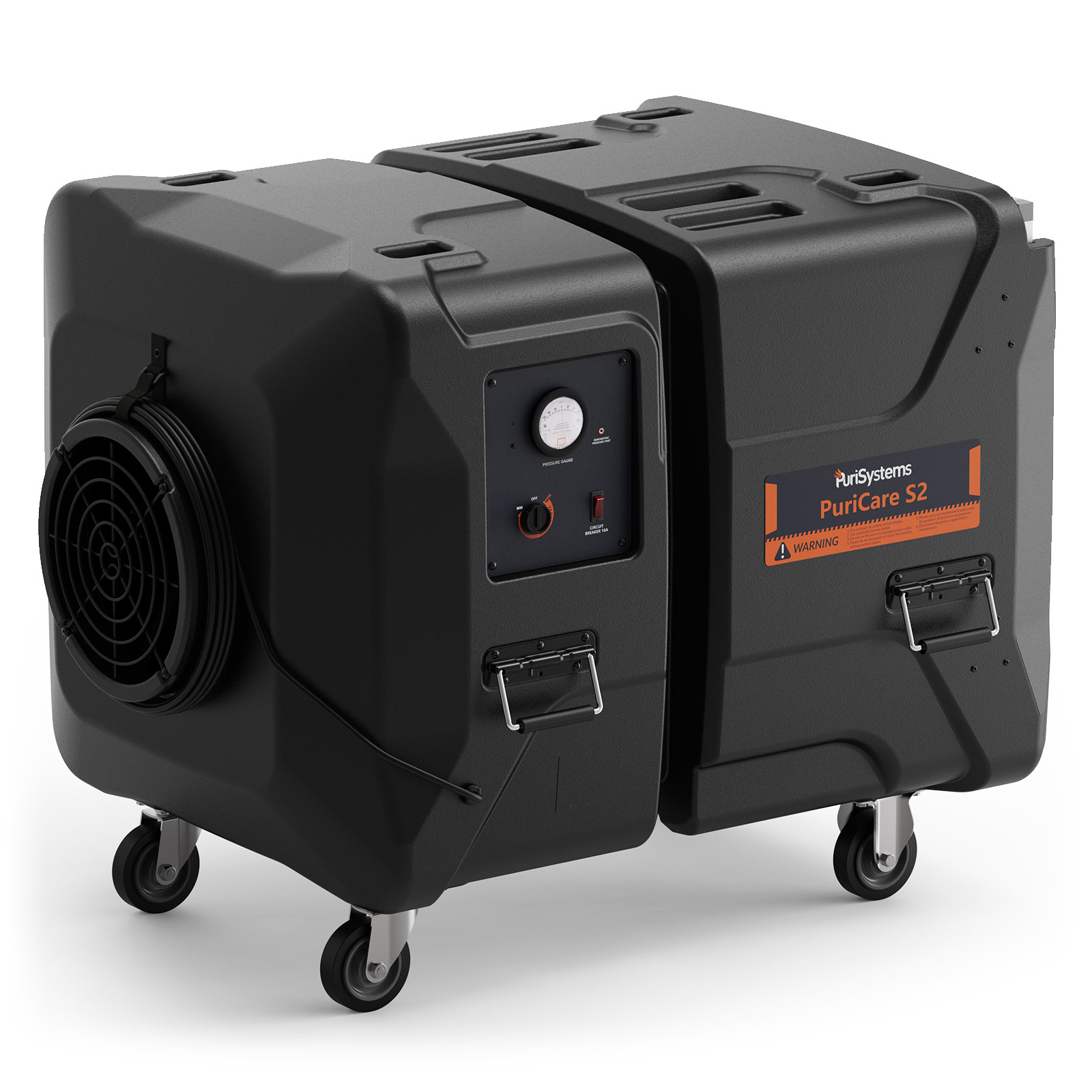
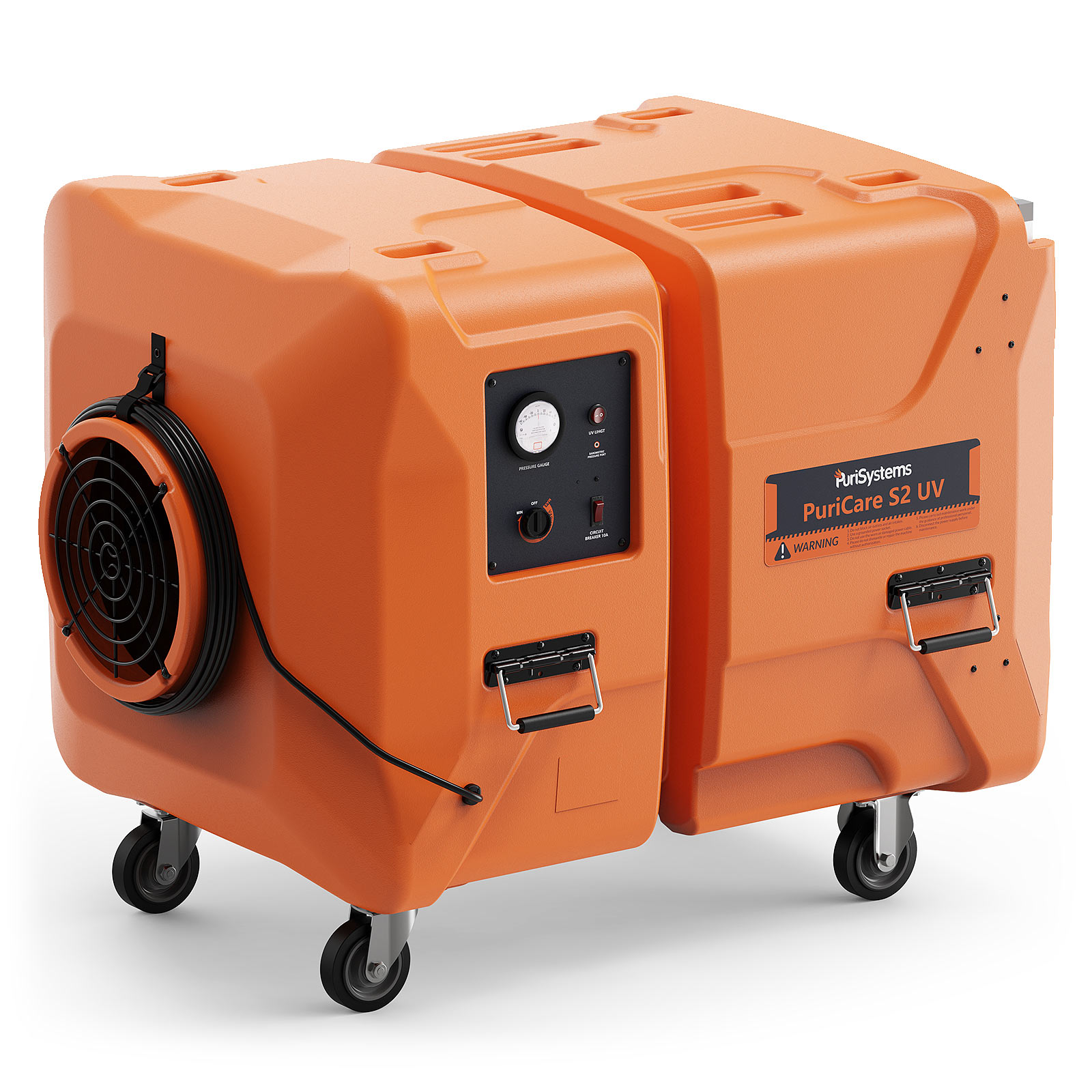
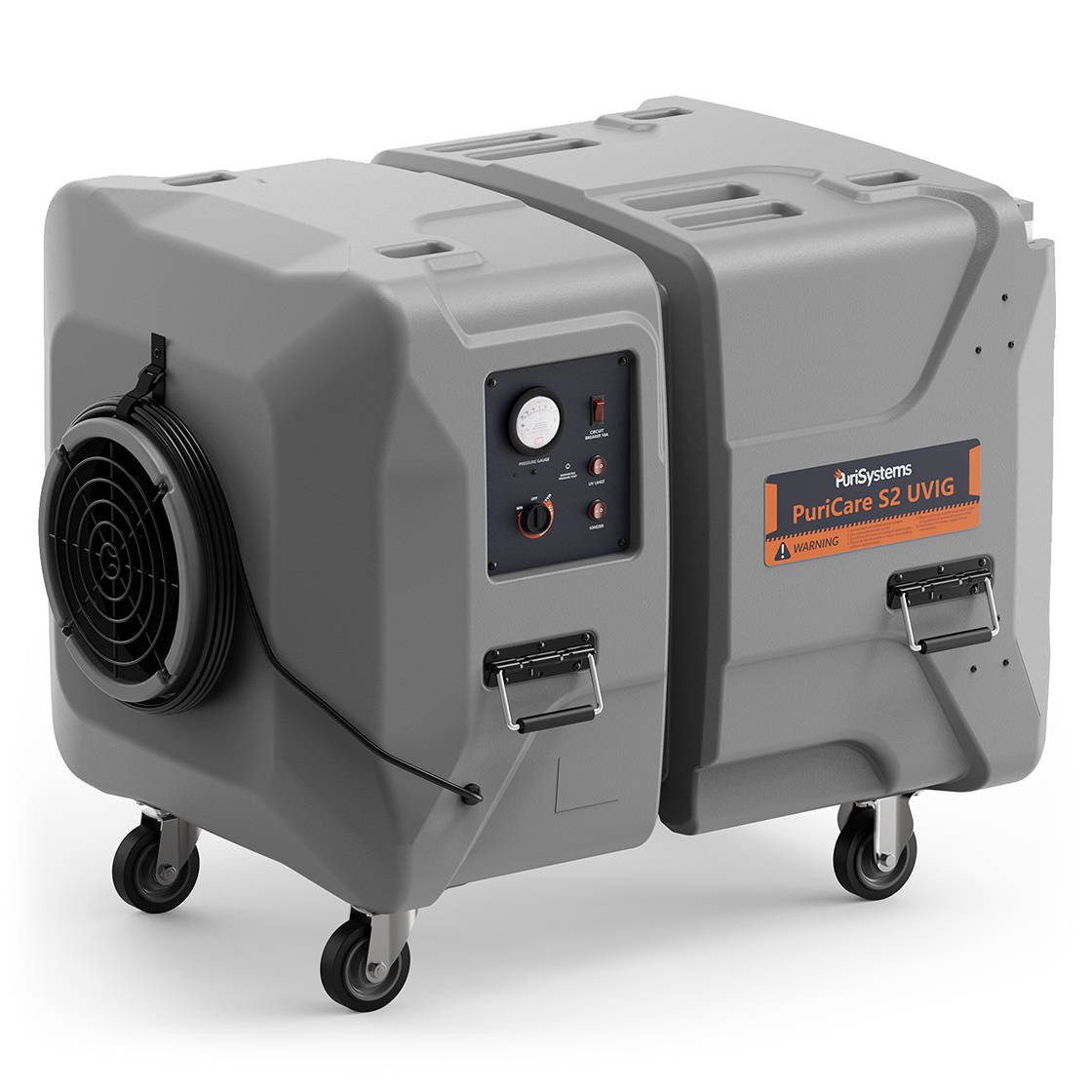
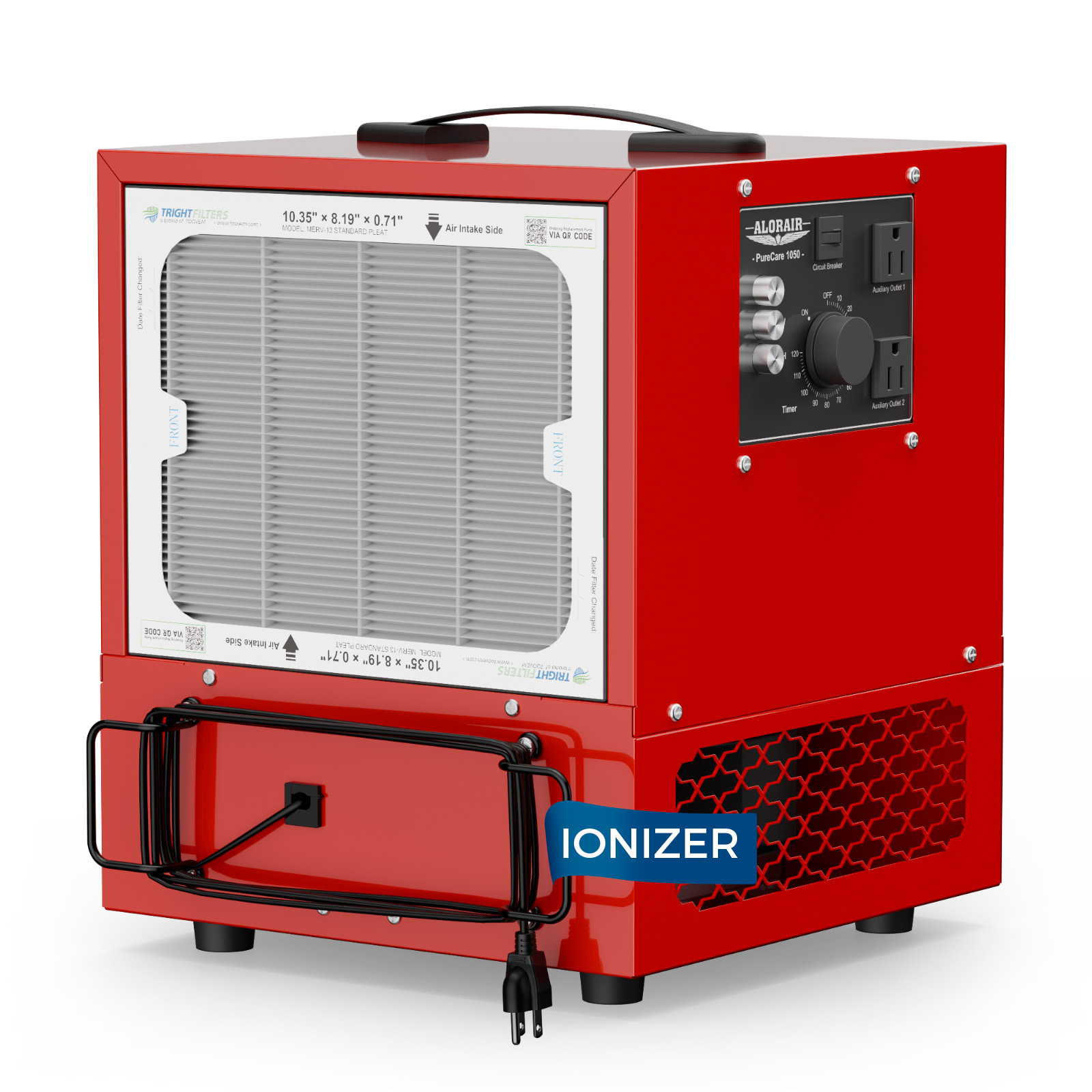

.jpg)
.jpg)

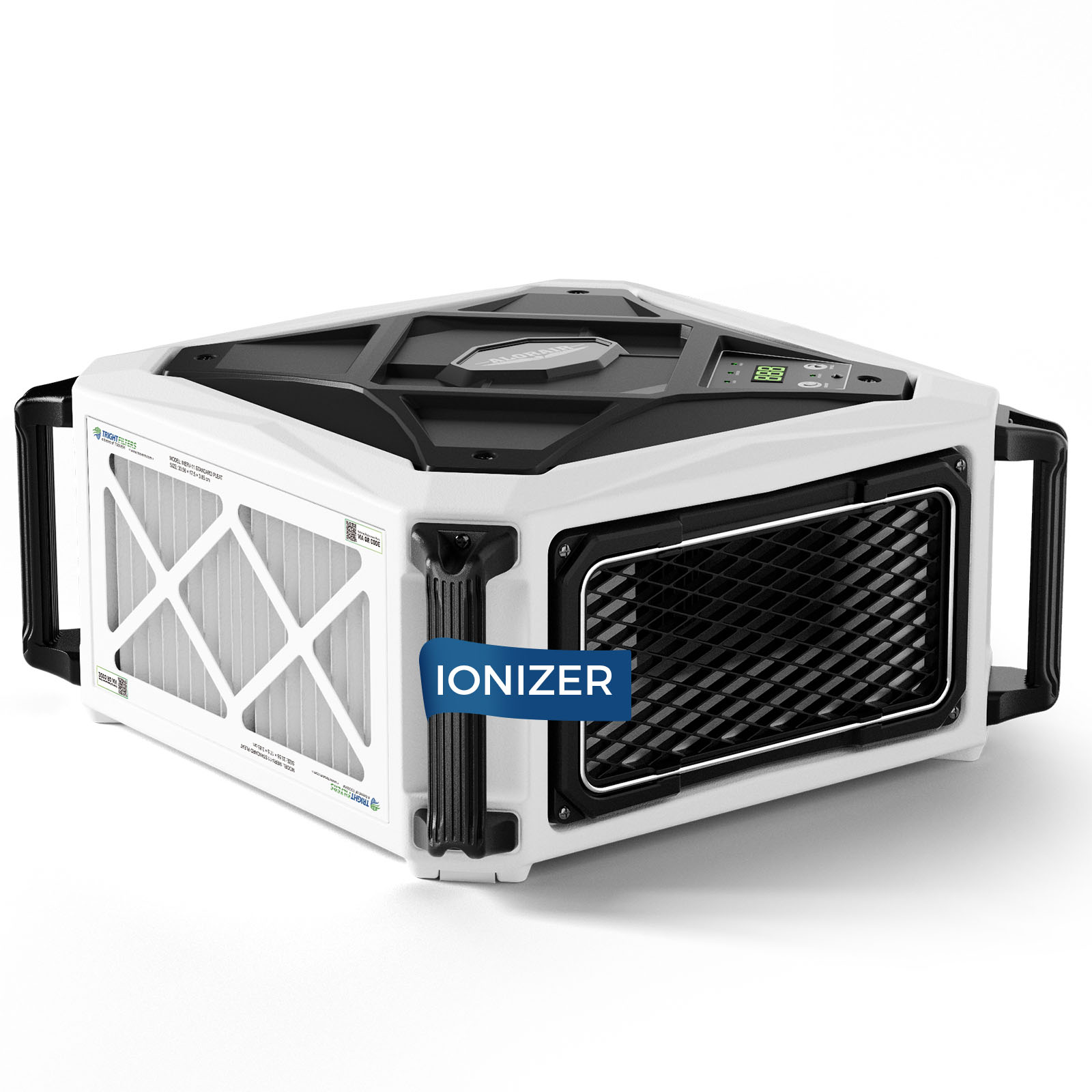
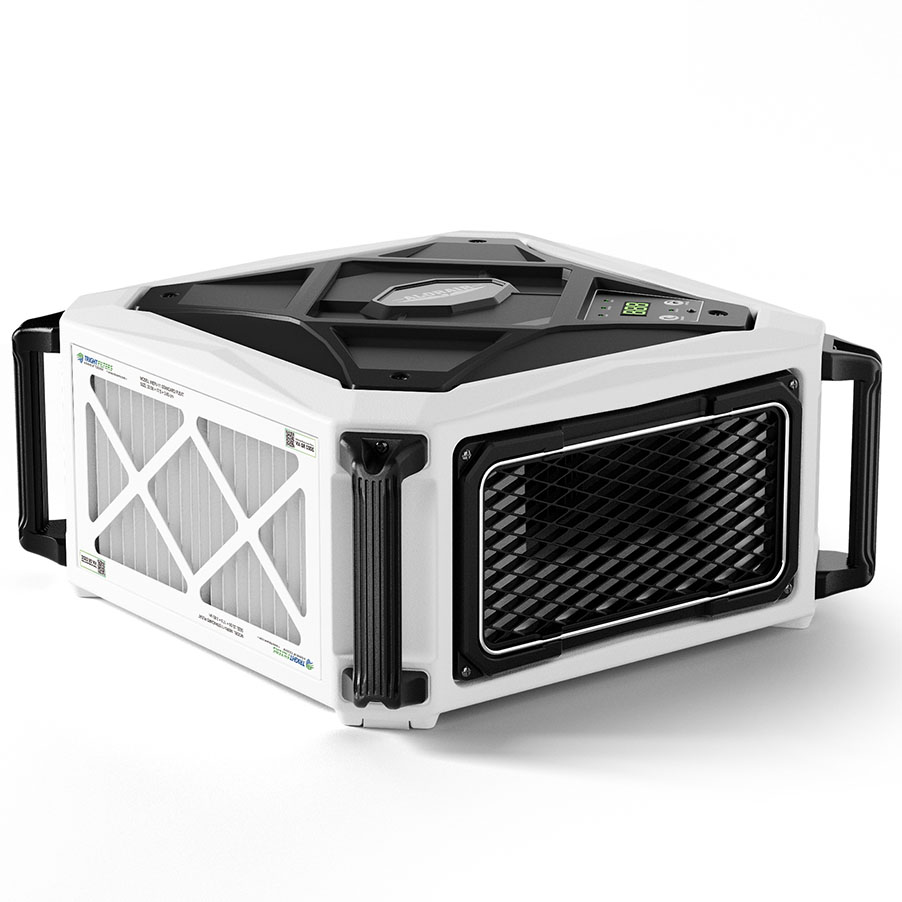
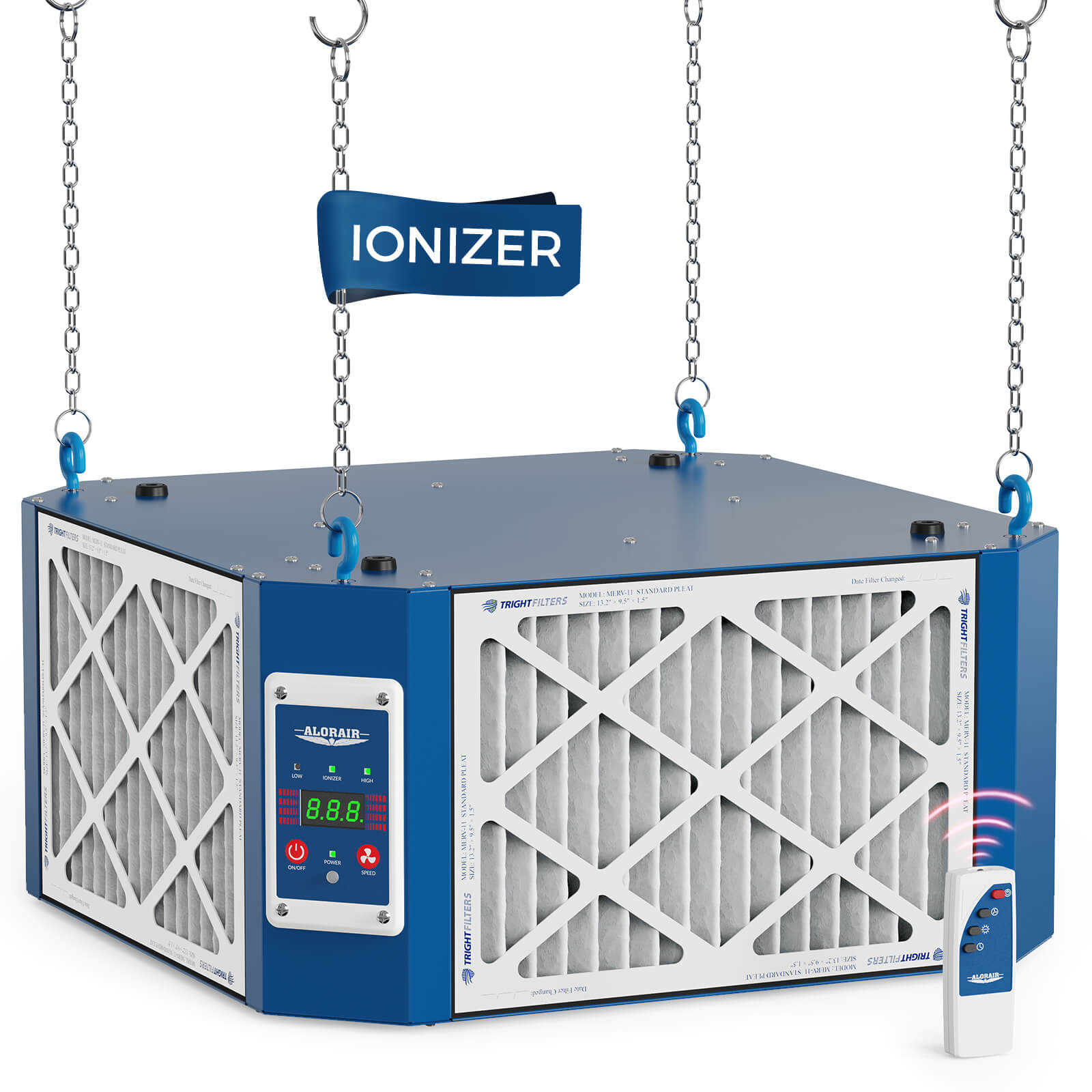
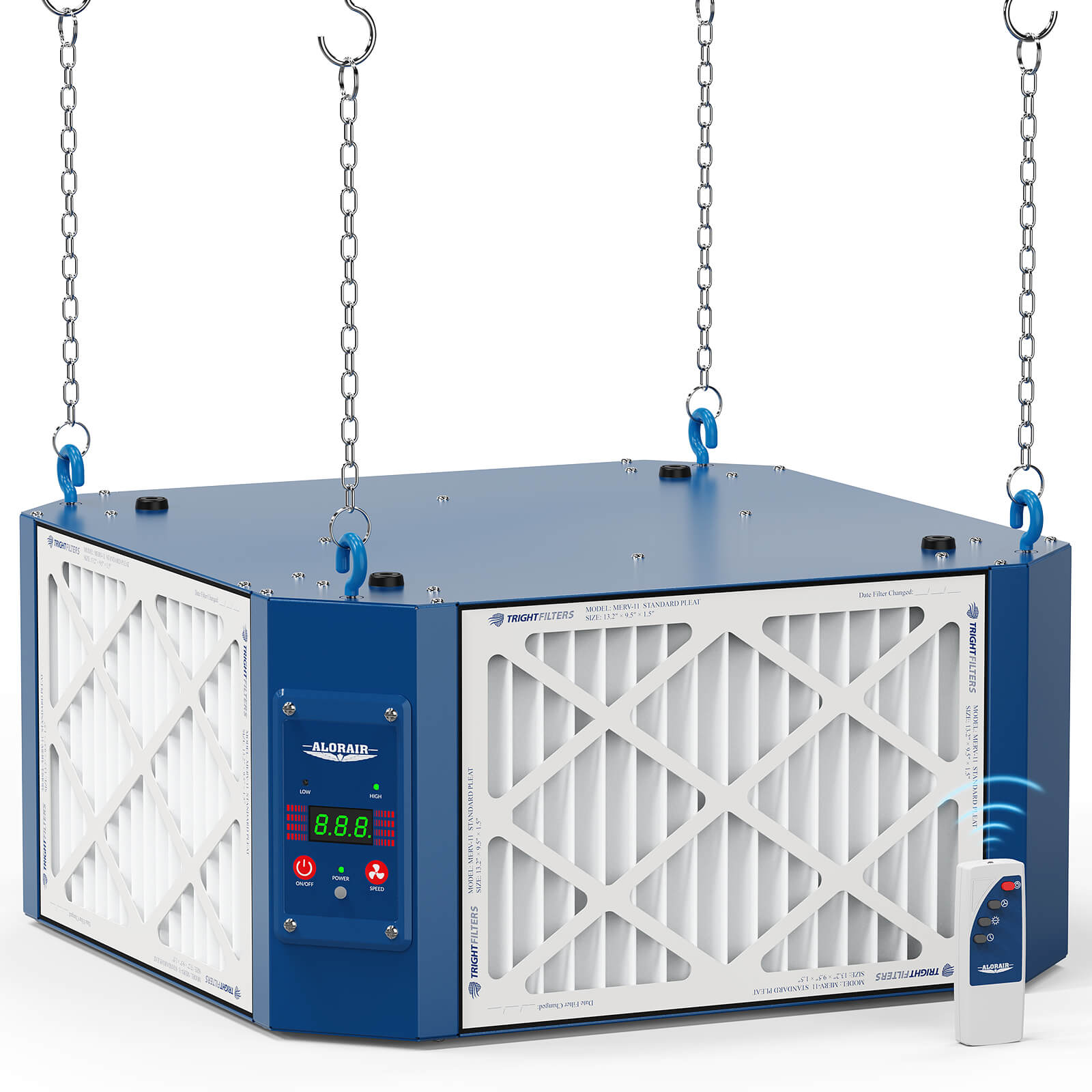

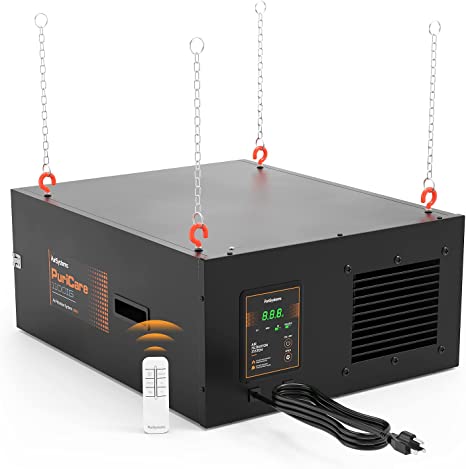
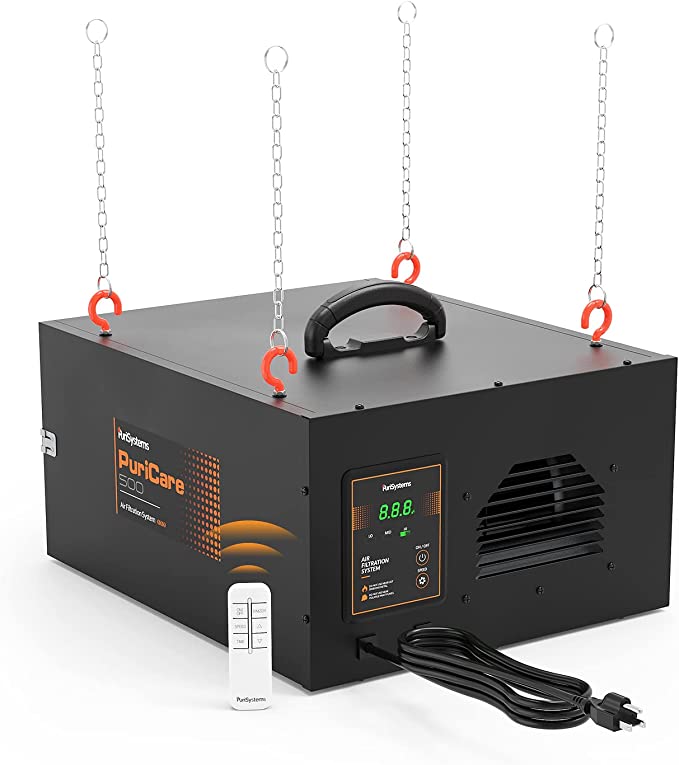
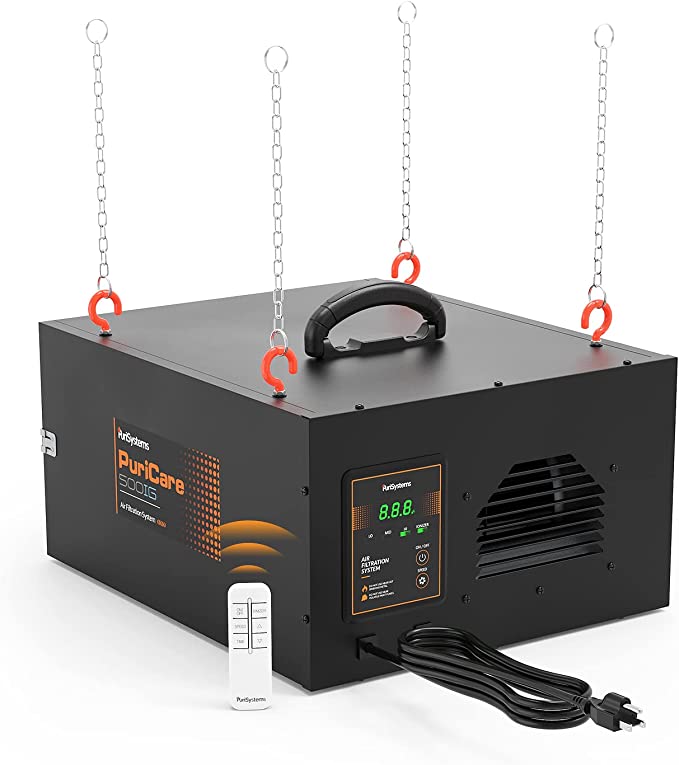
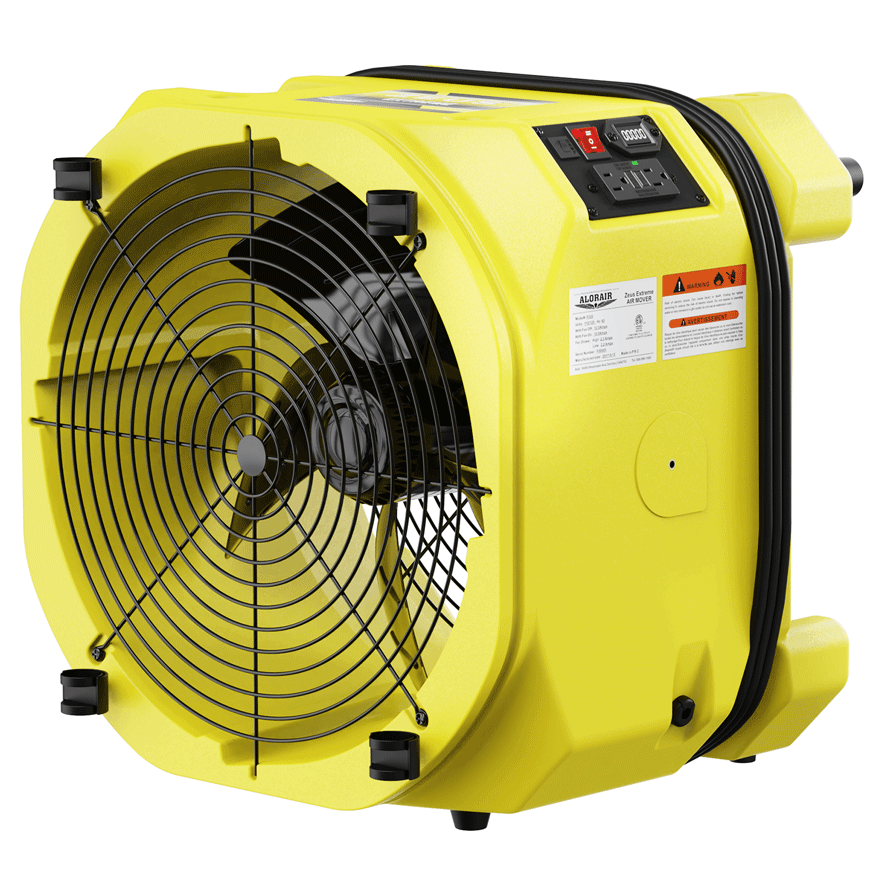
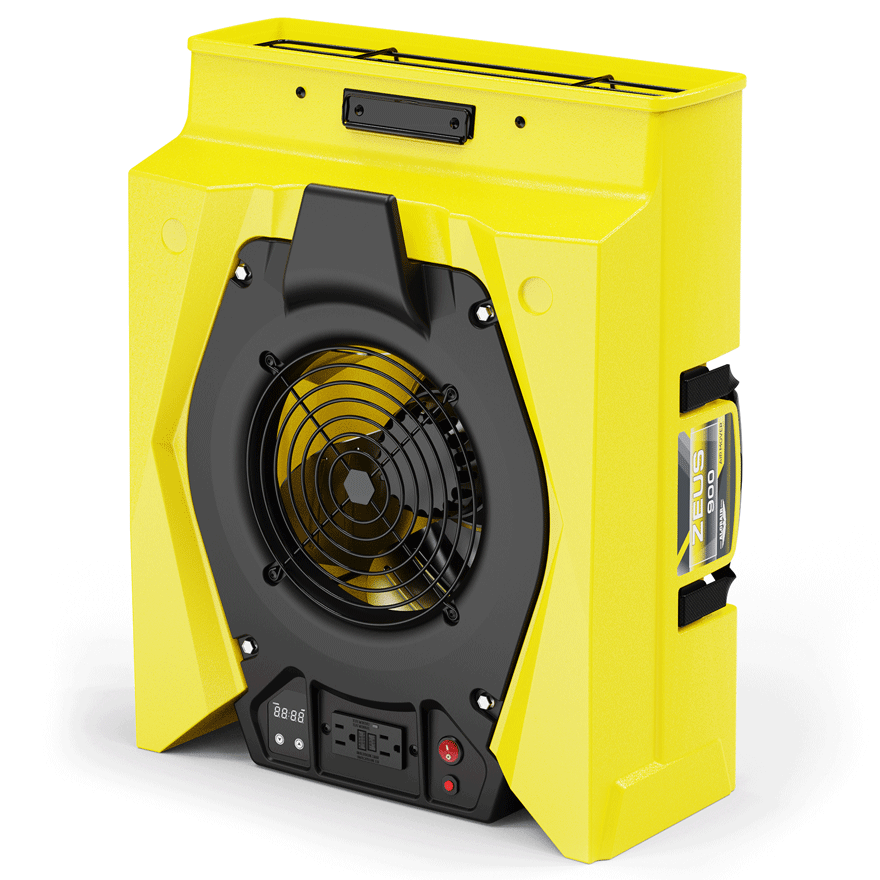
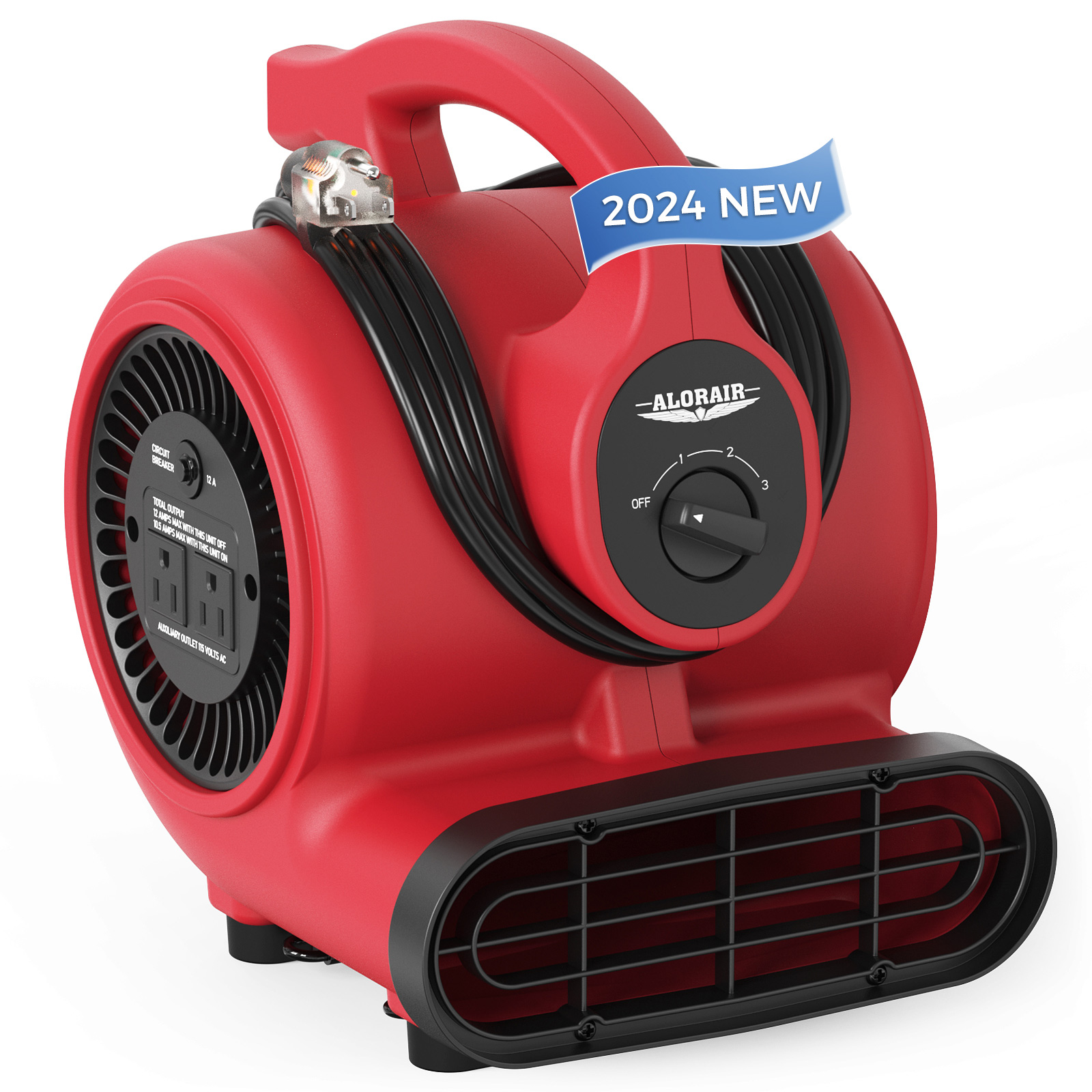
.webp)
.webp)
.webp)
.webp)
.jpg)
.jpg)
.jpg)
.jpg)
.jpg)
.jpg)
.jpg)
.jpg)
.jpg)
.jpg)
.jpg)
.jpg)
.jpg)

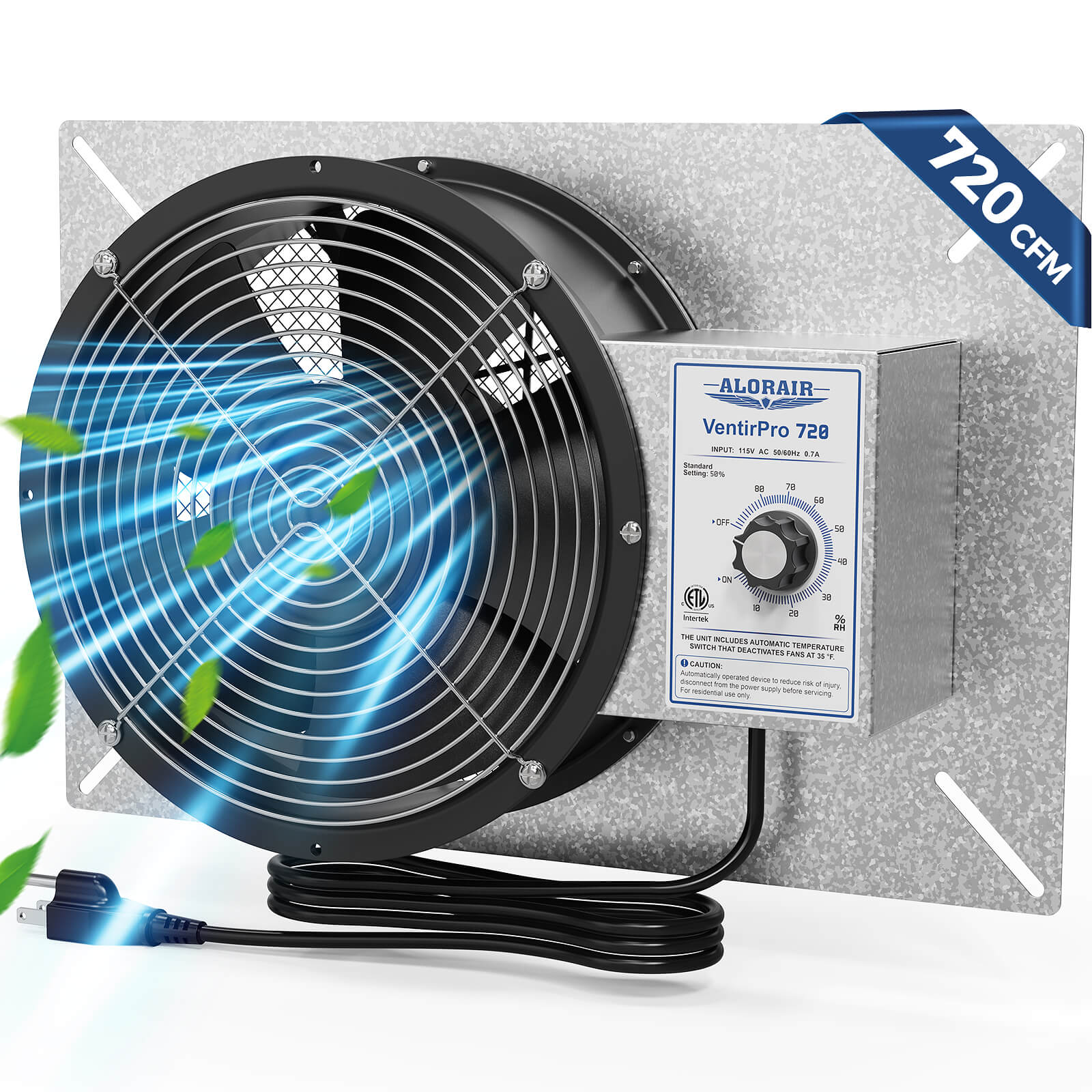
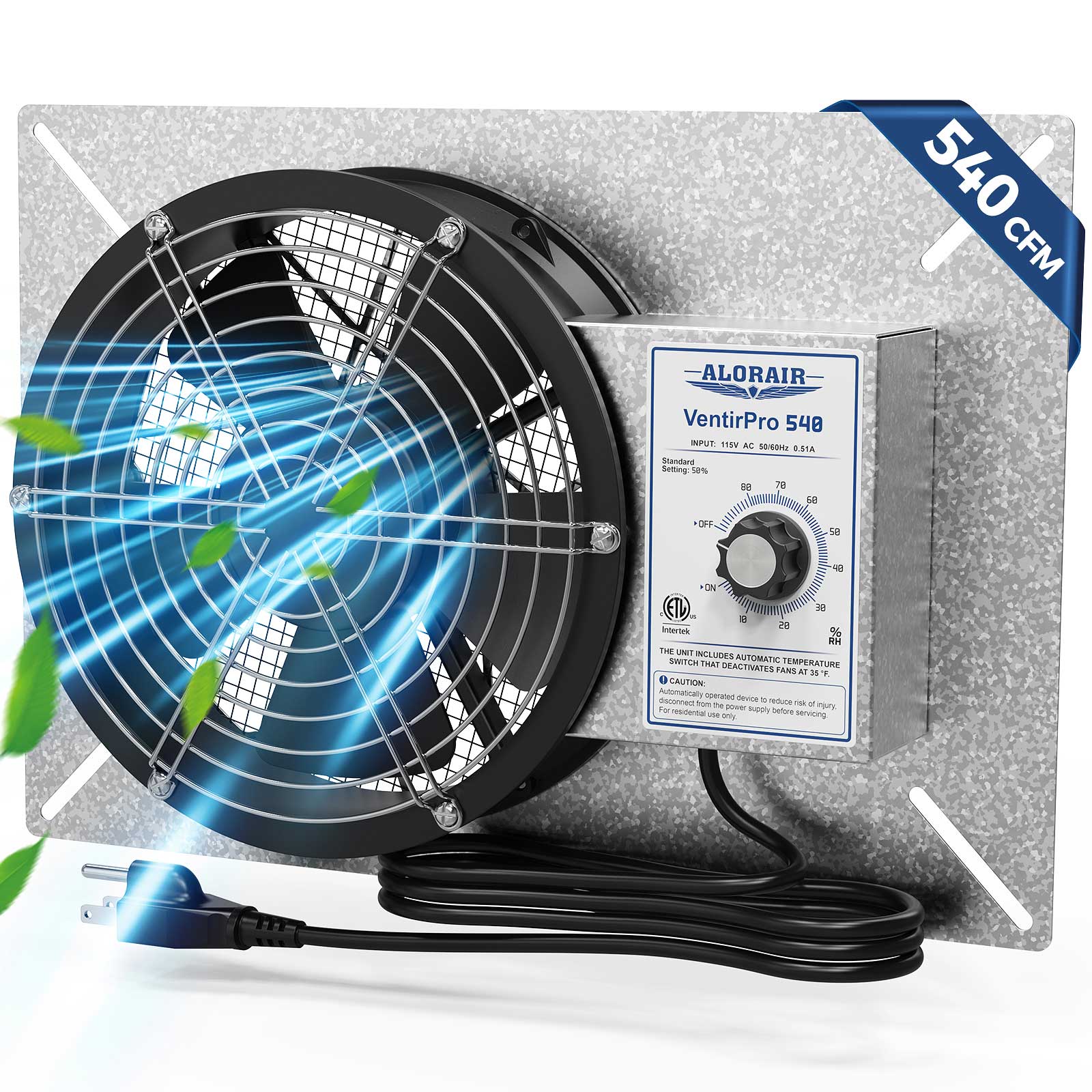
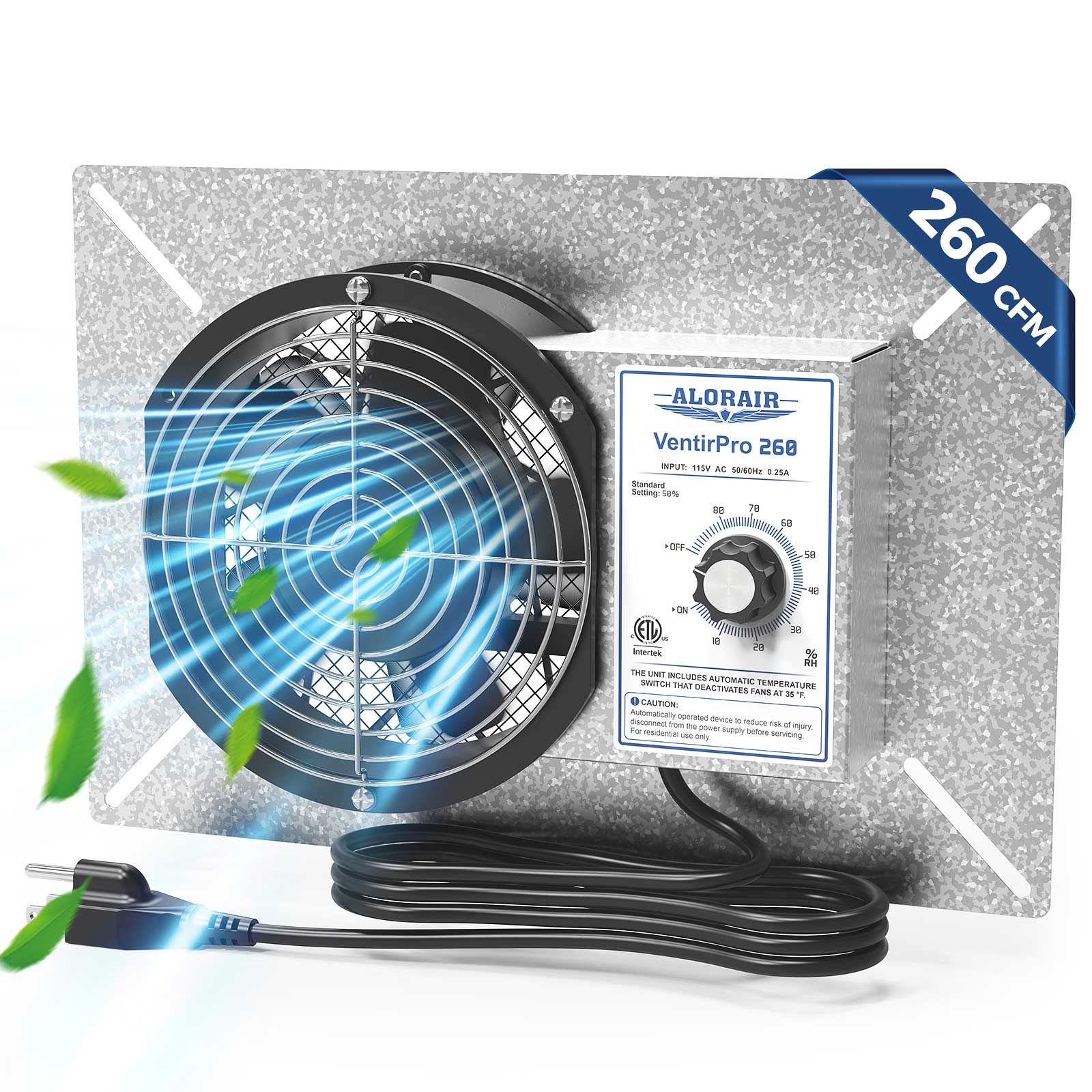
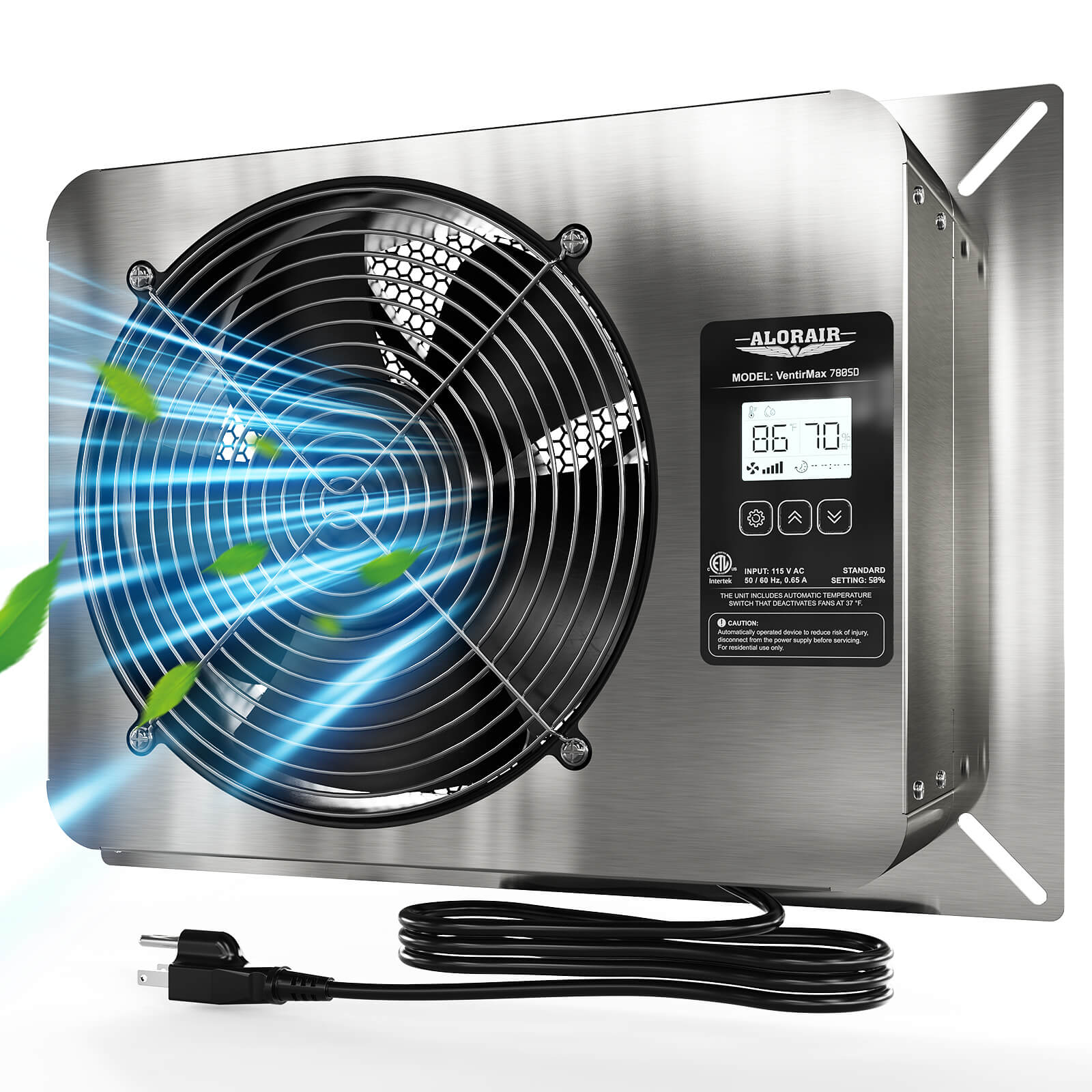
.jpg)
.jpg)
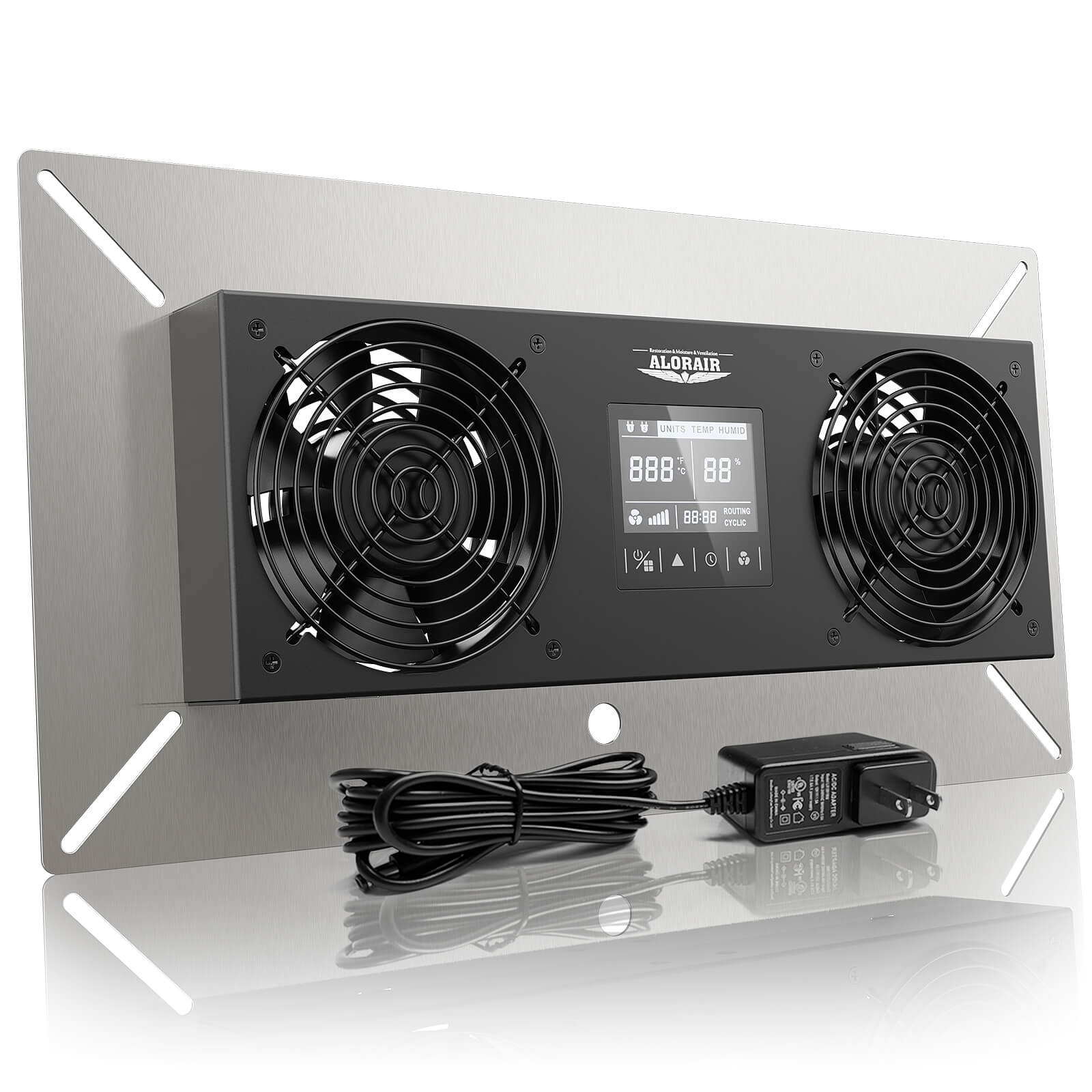
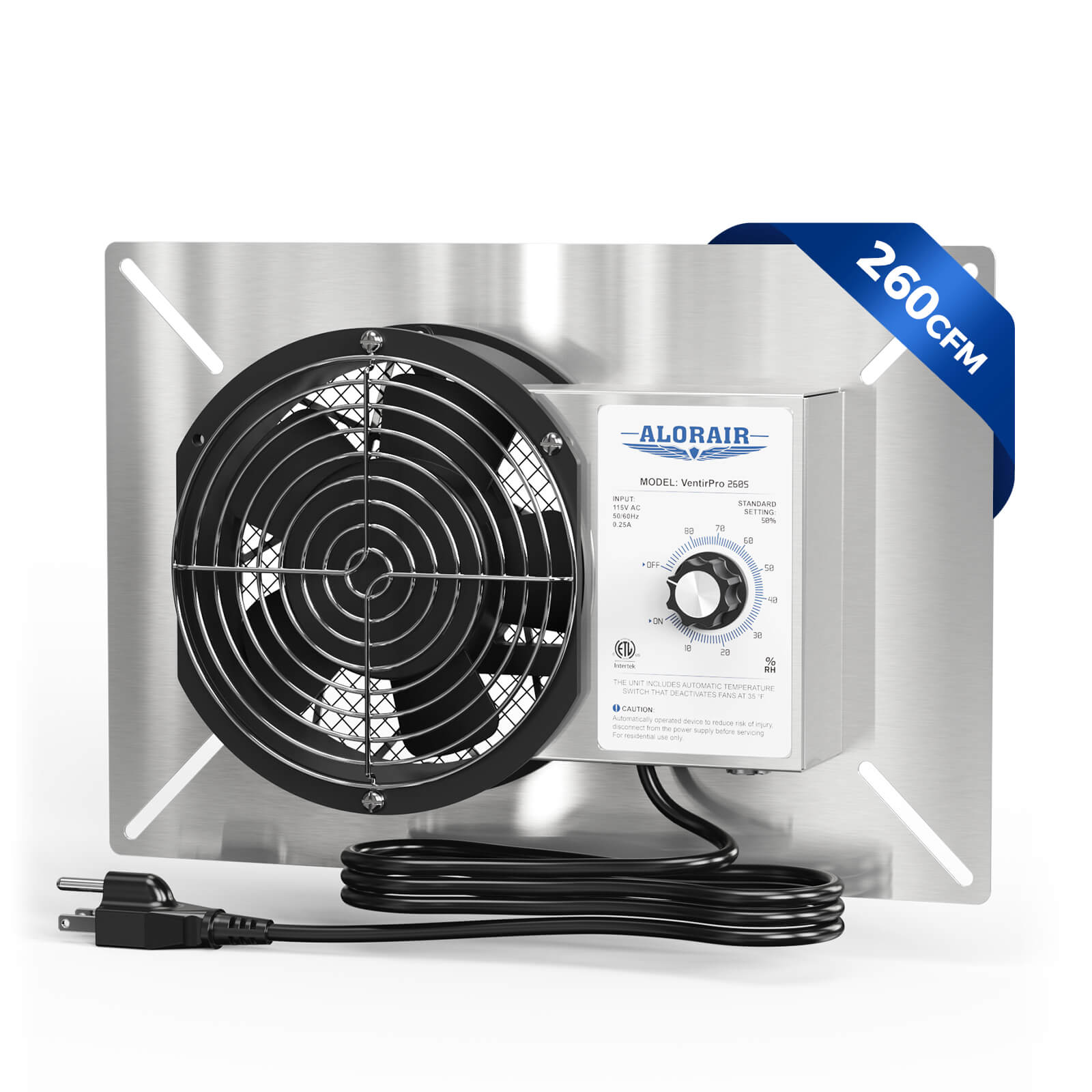
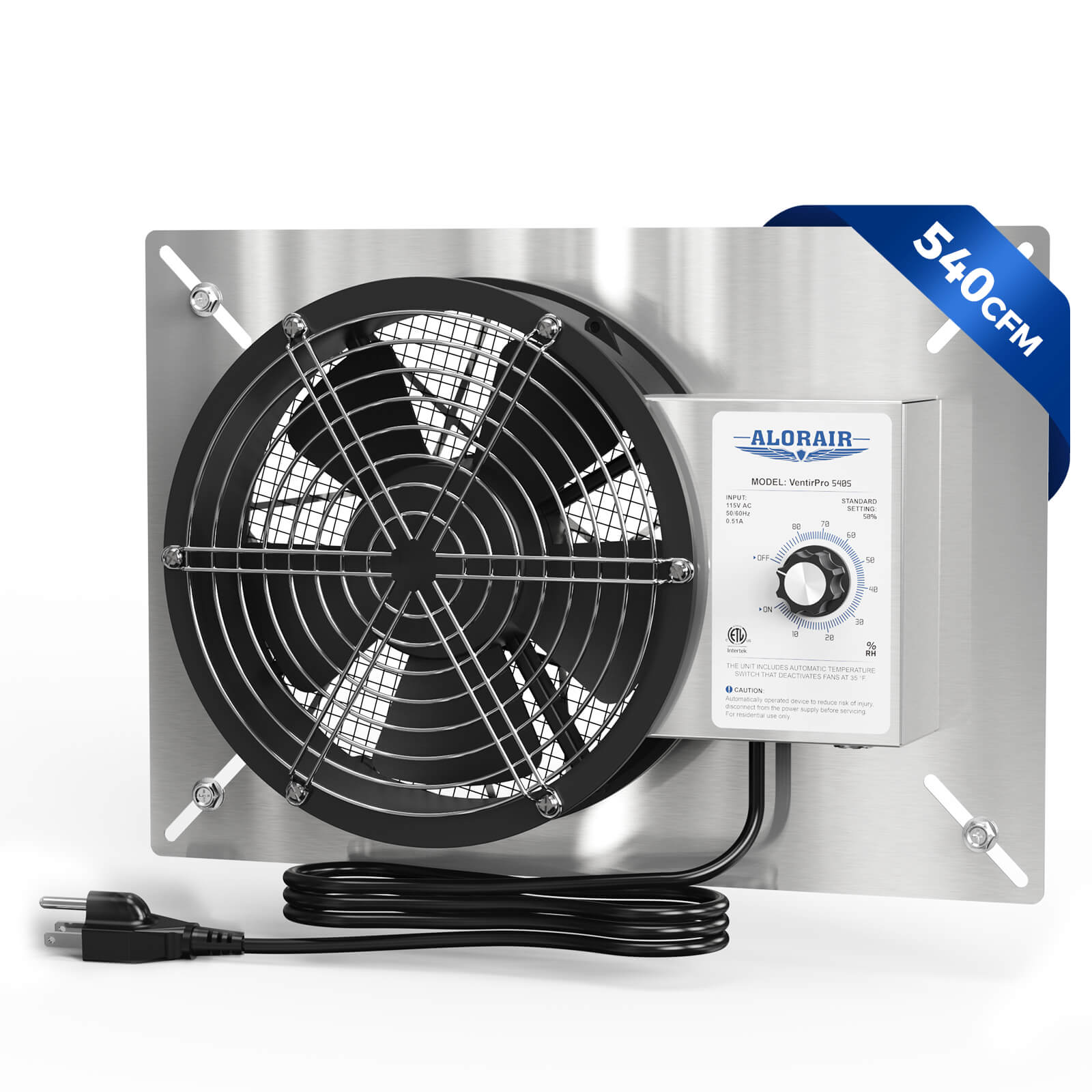
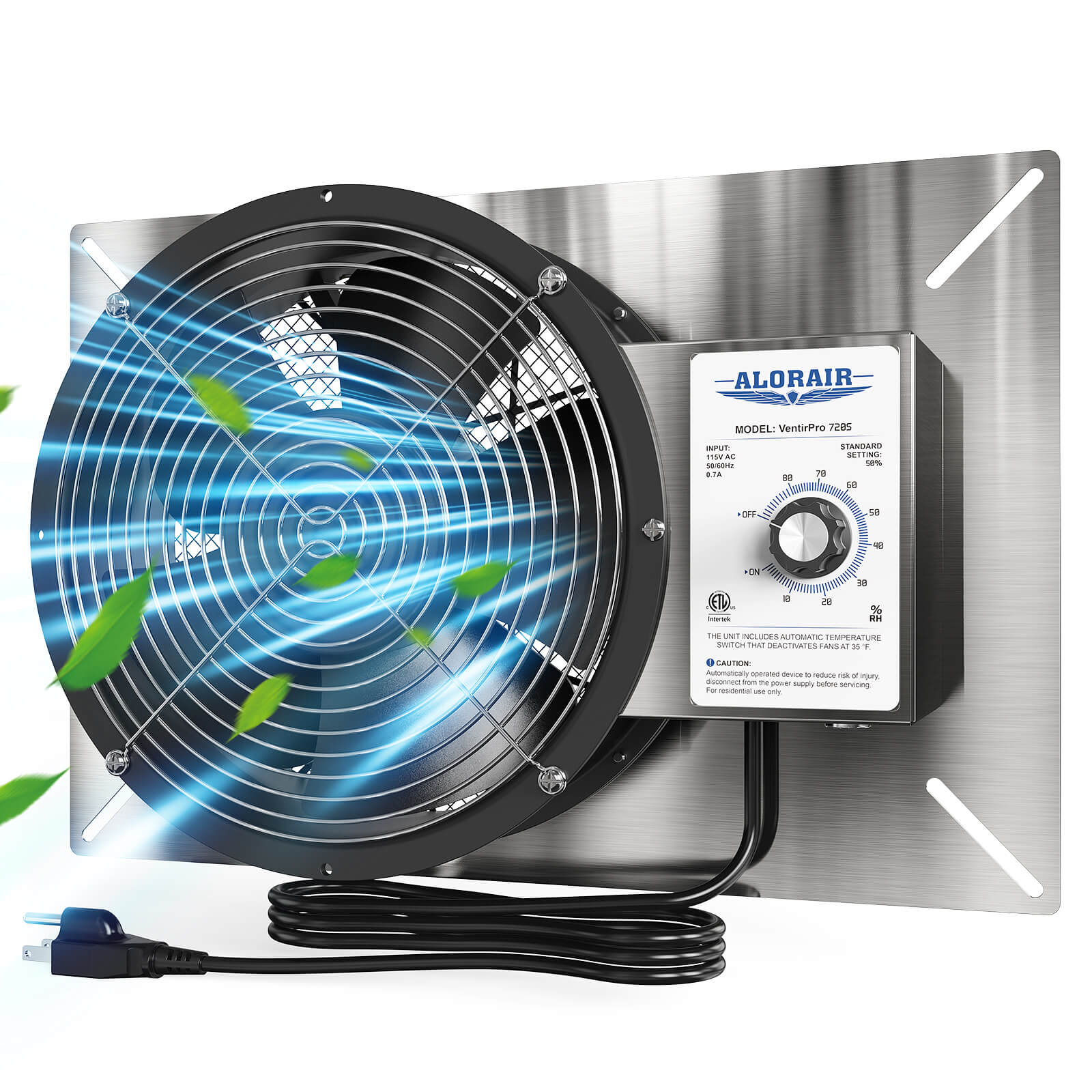

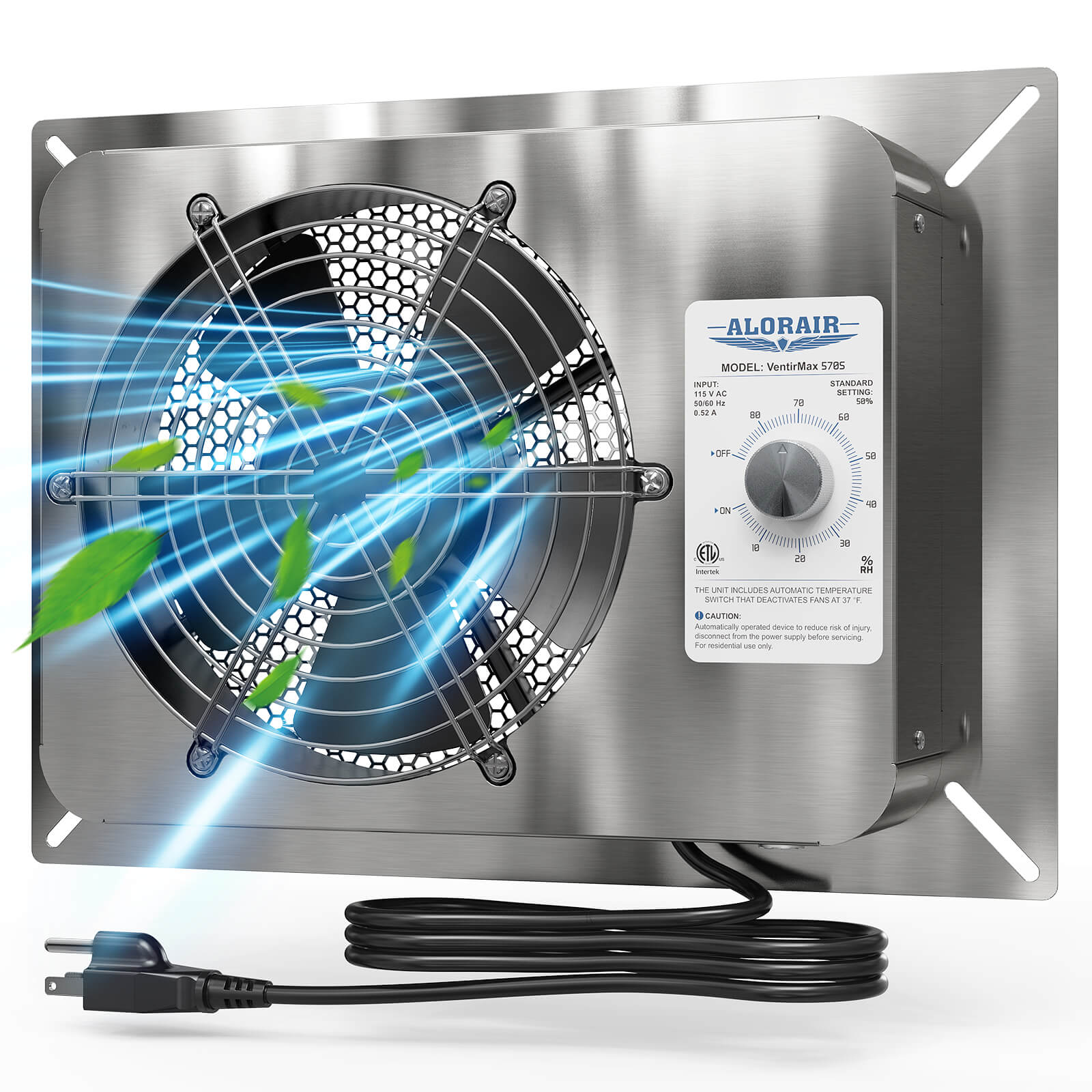
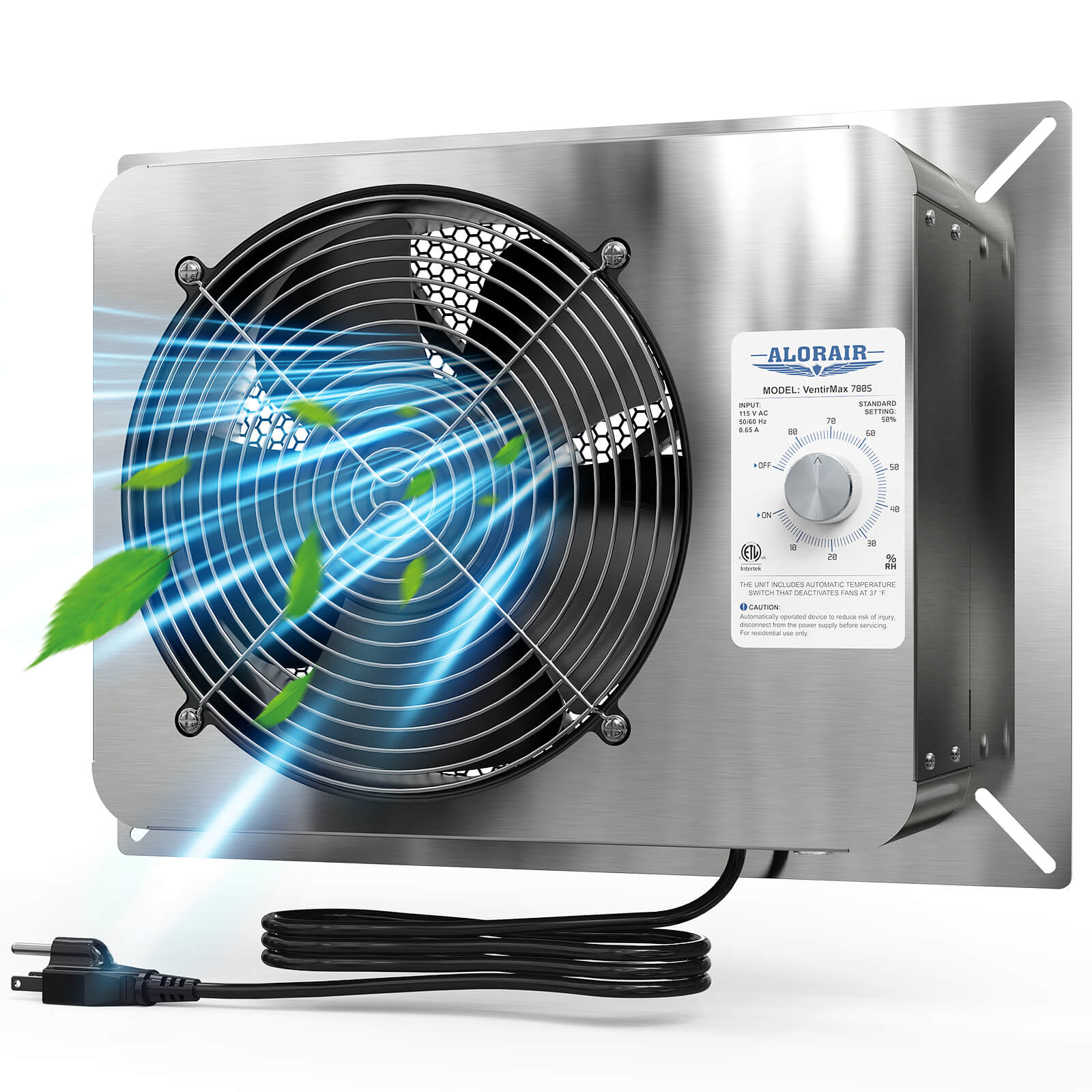
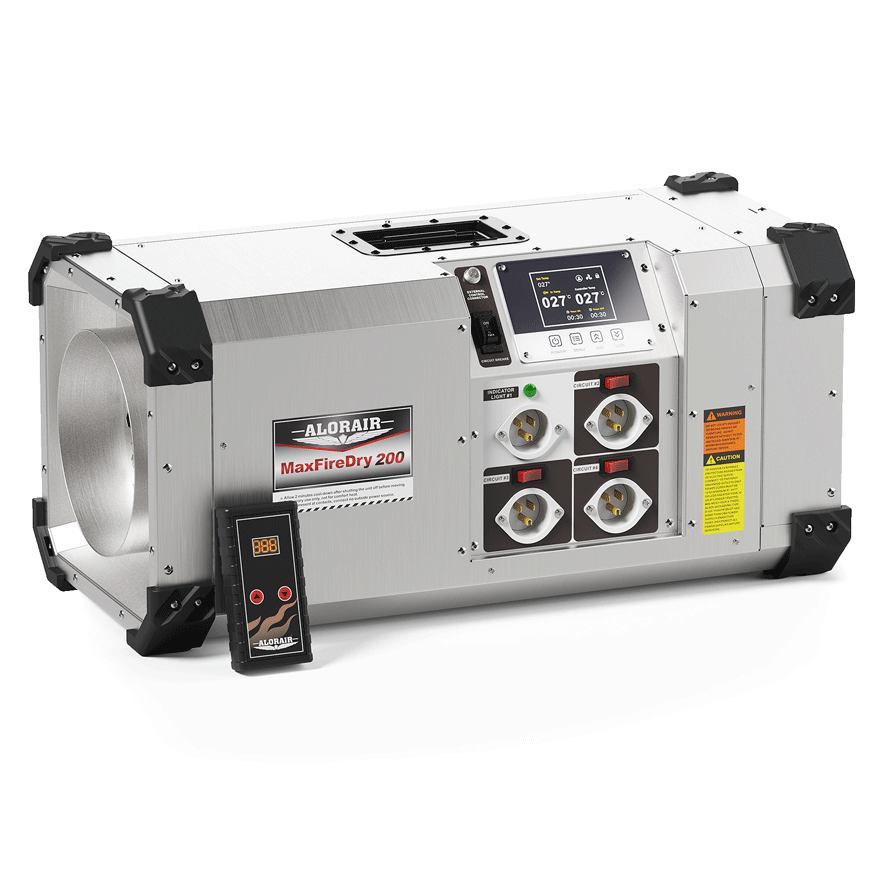





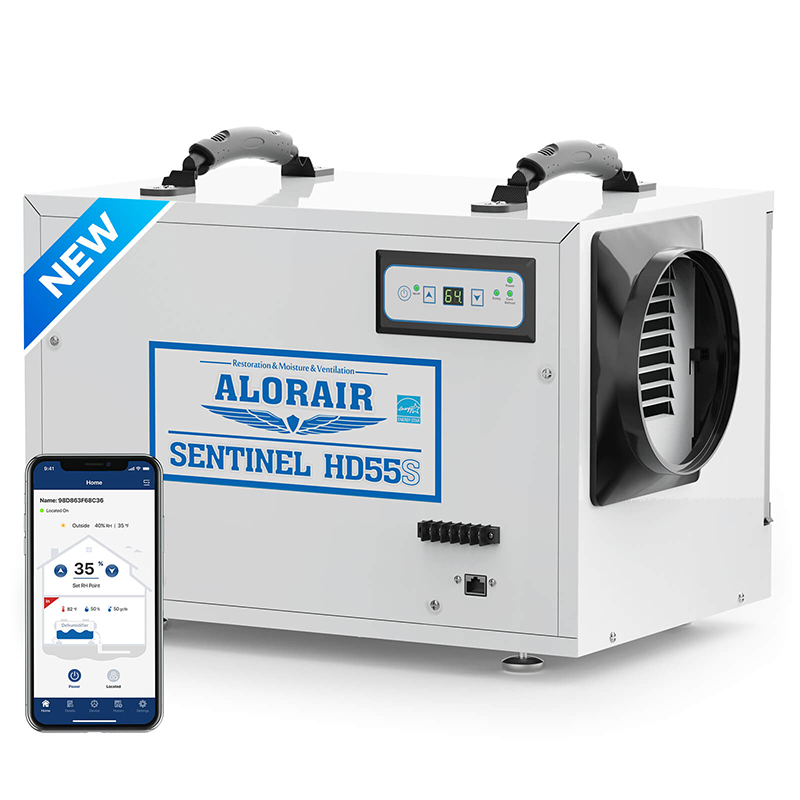

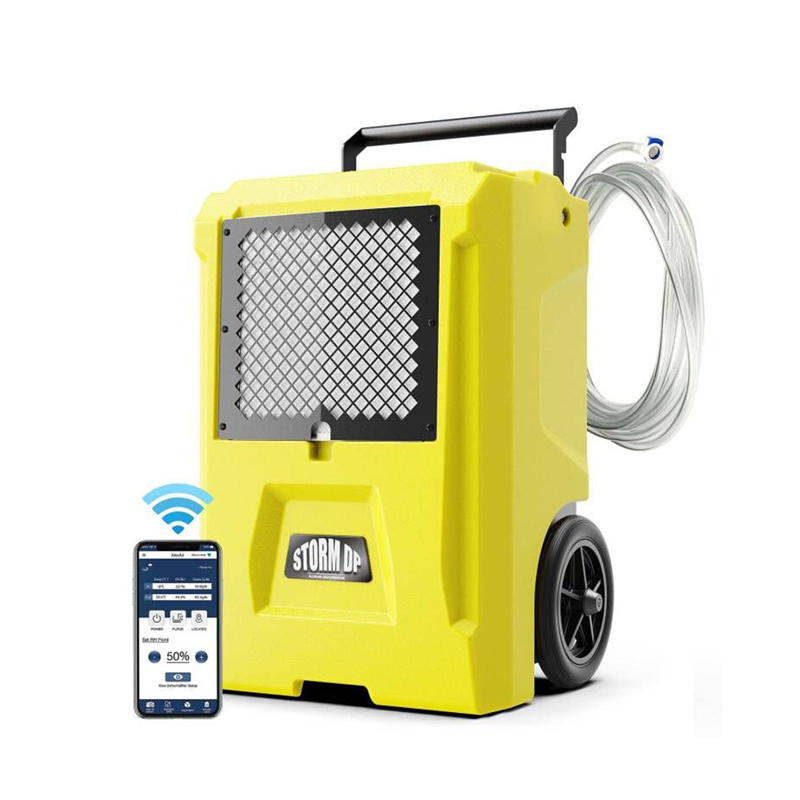
-.jpg)
.jpg)
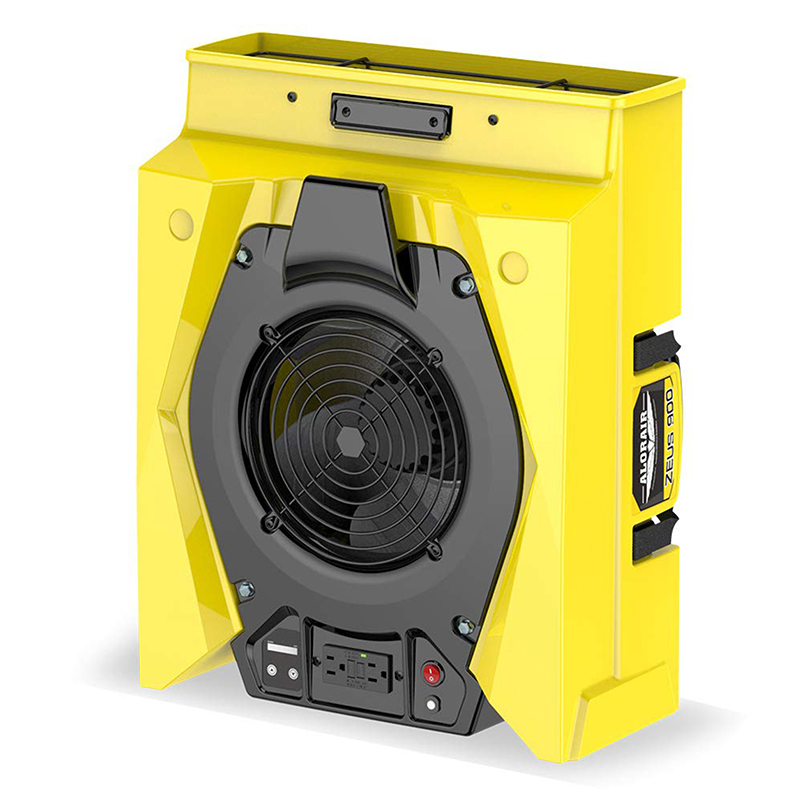
.jpg)
.jpg)
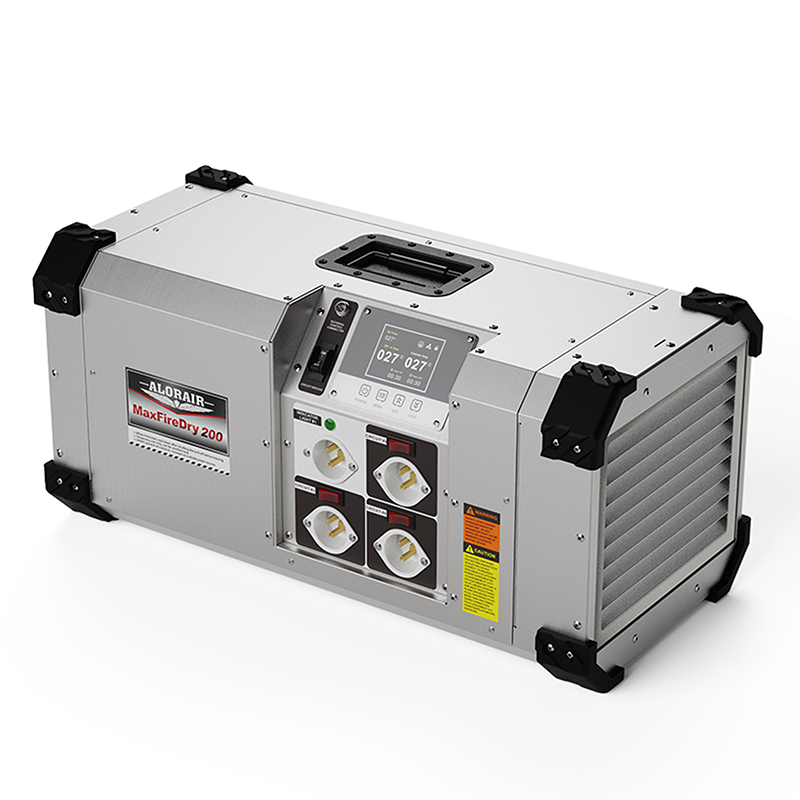
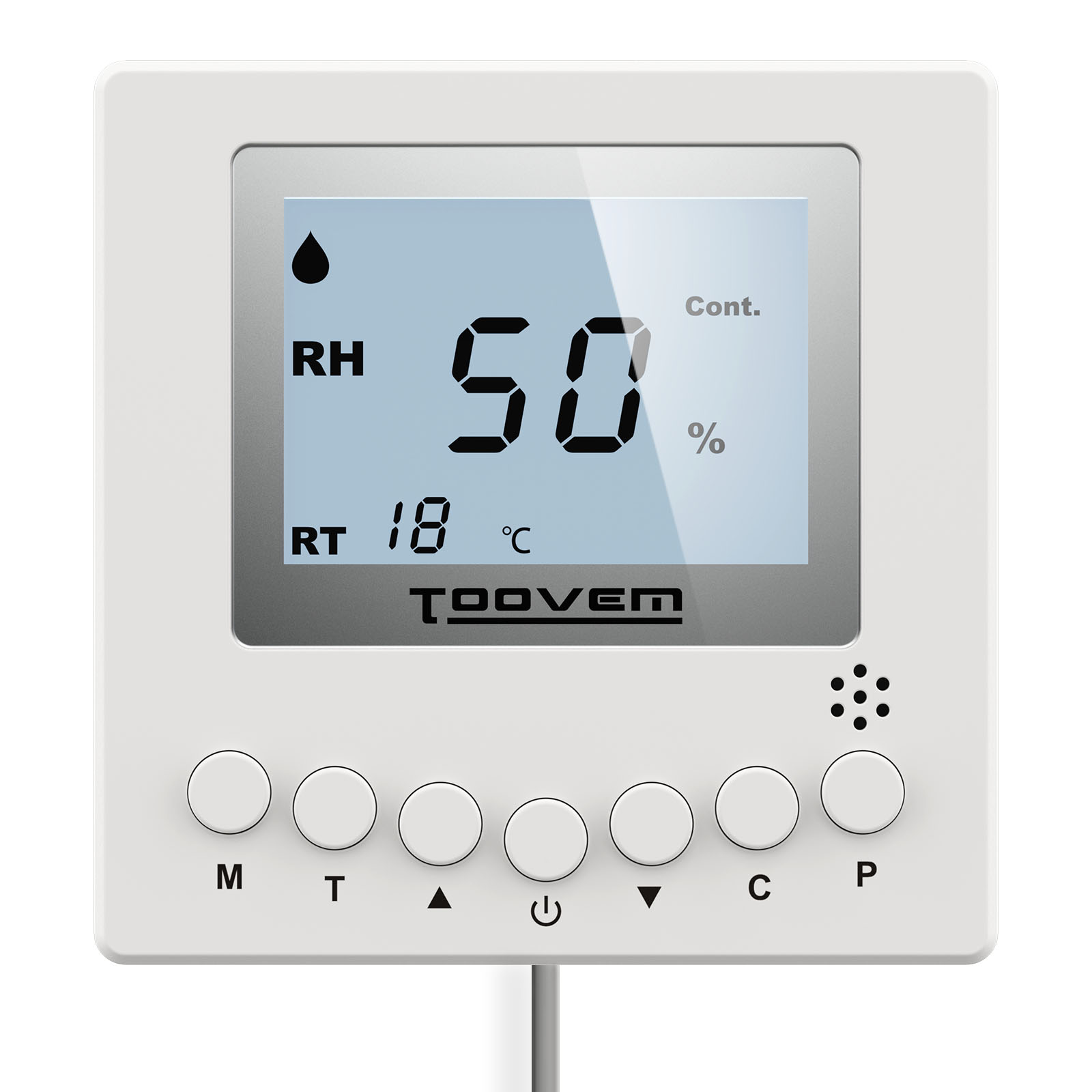

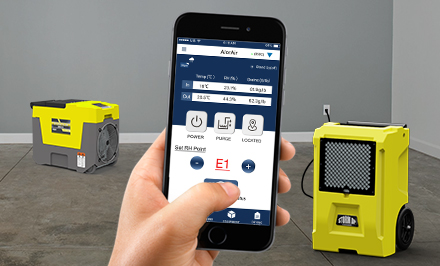
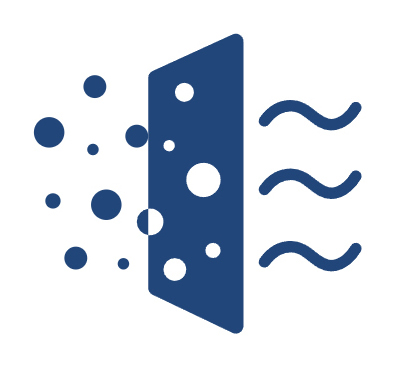
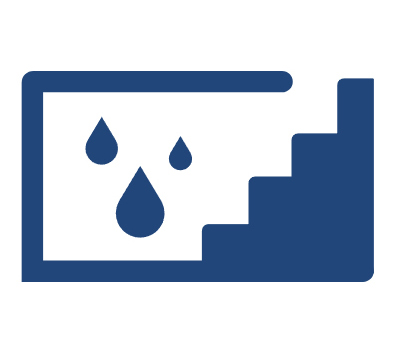

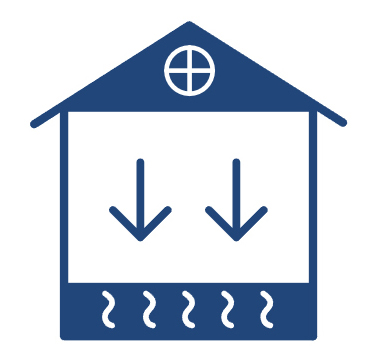














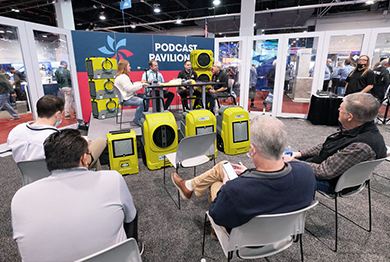





 Exclusive offers
promotions
Exclusive offers
promotions

